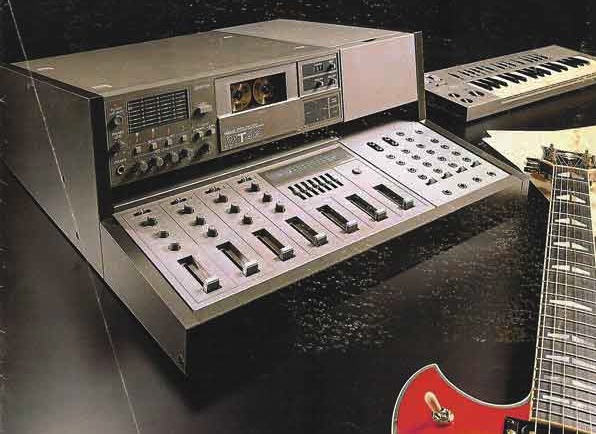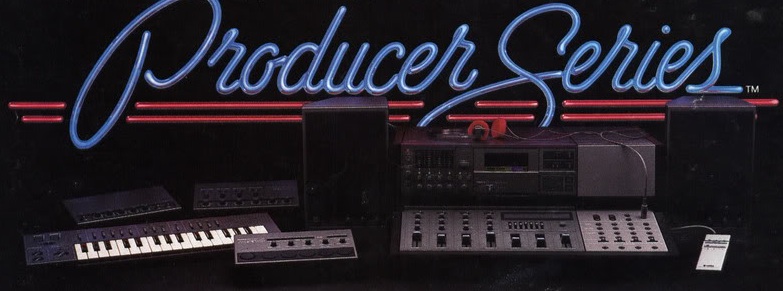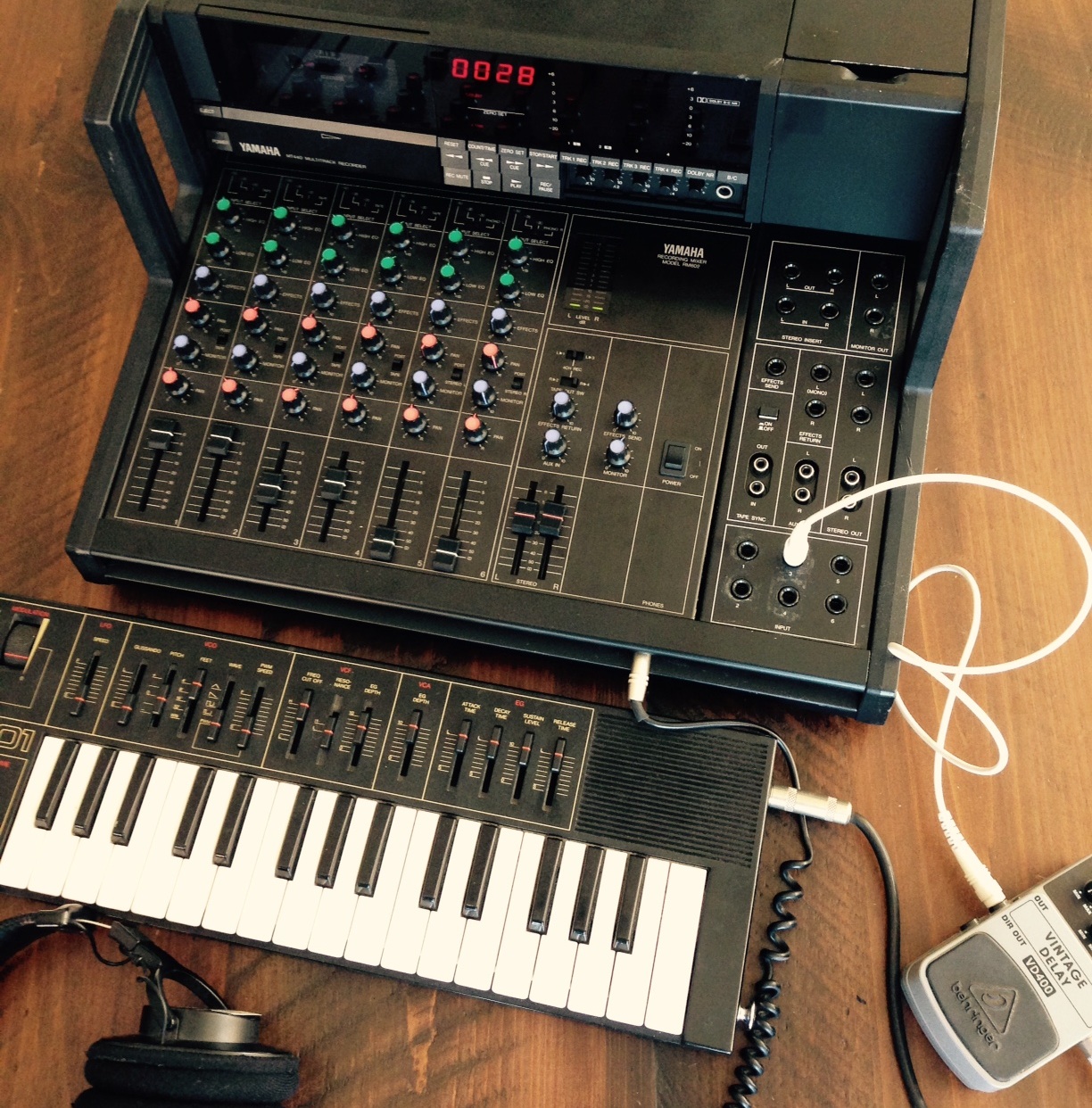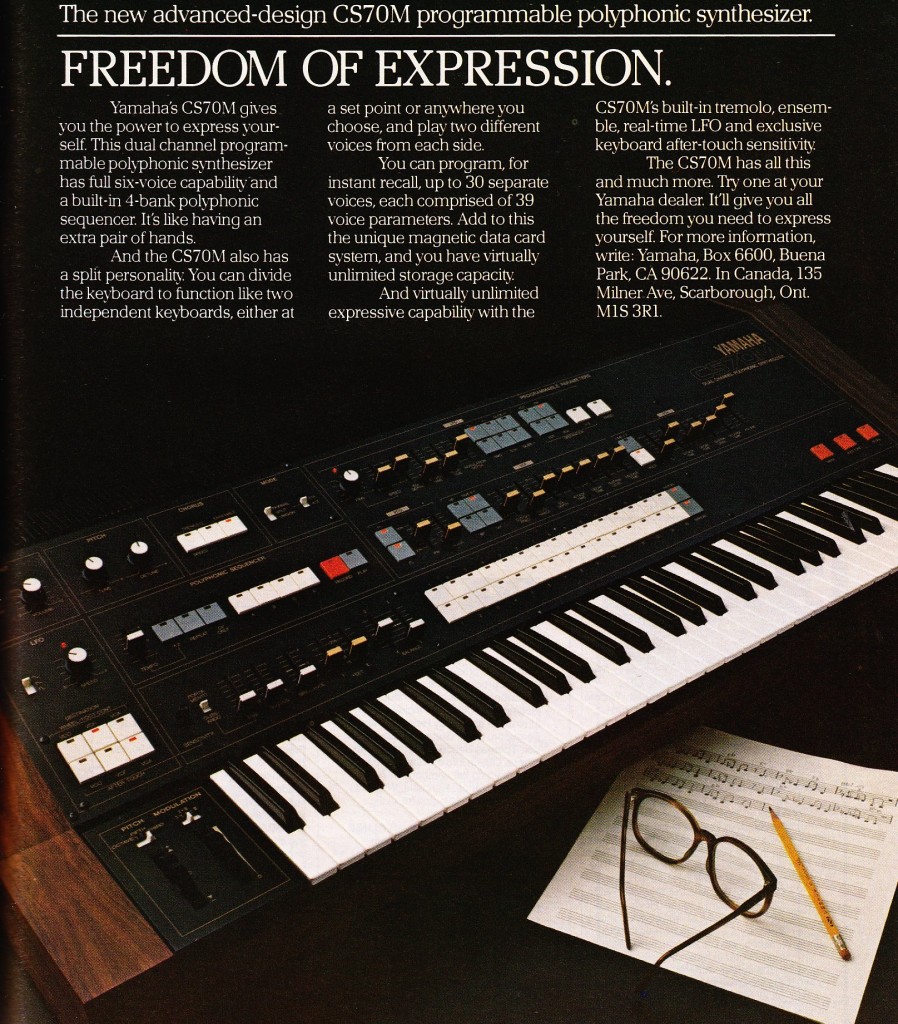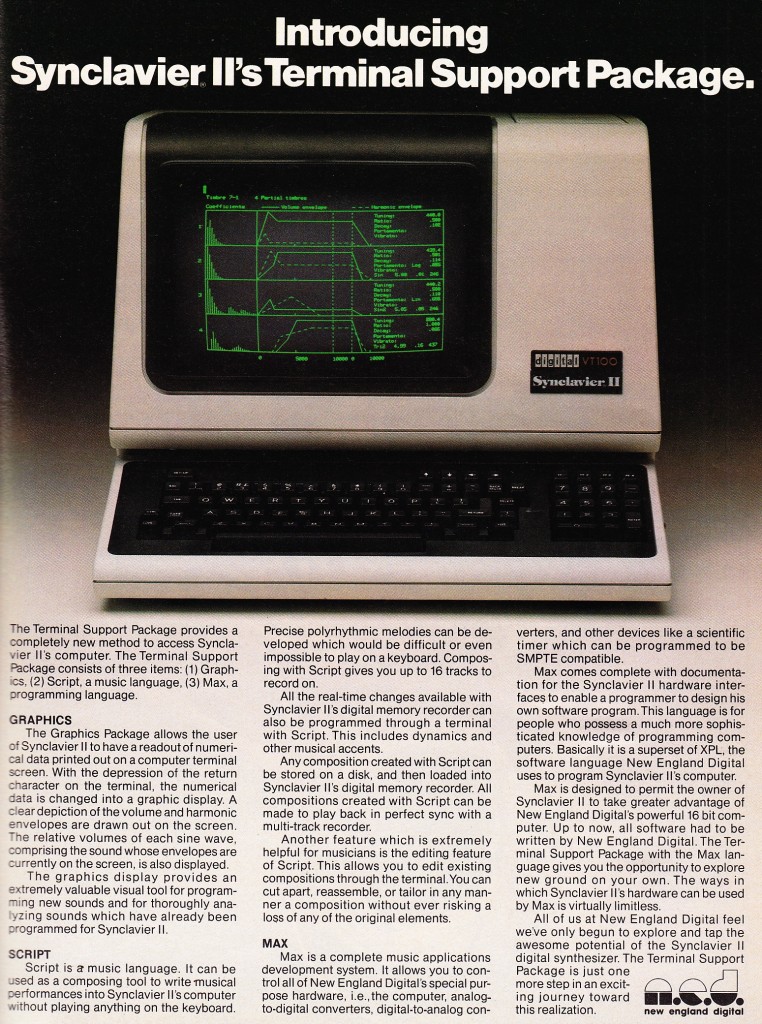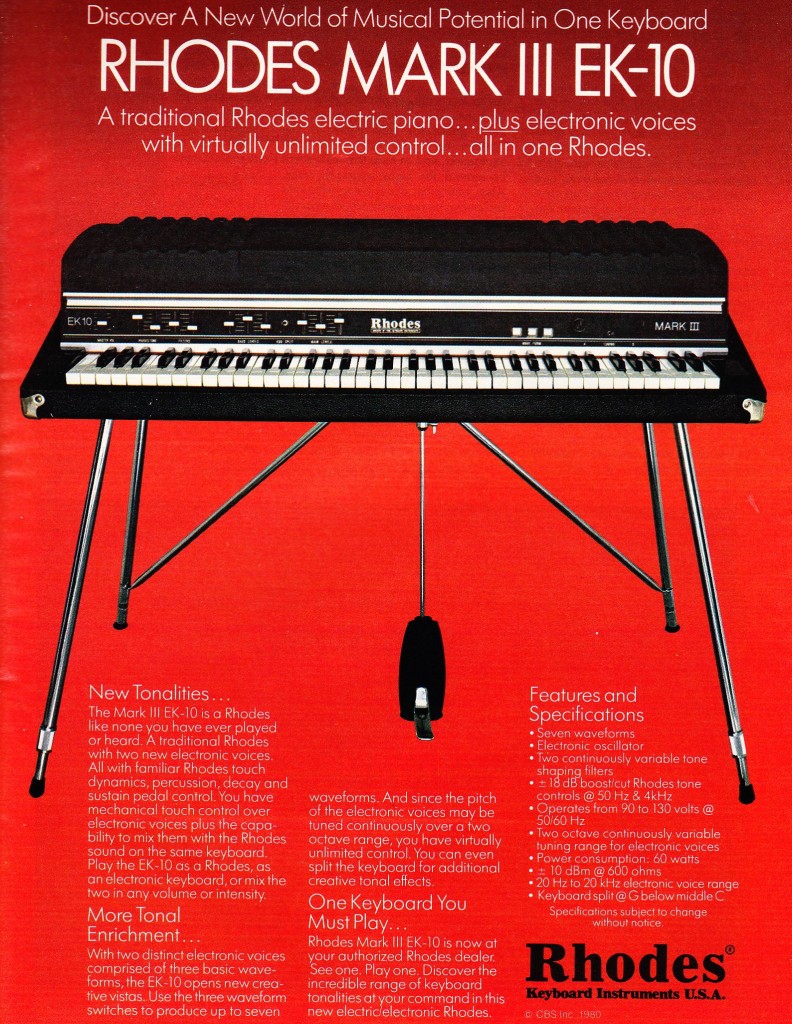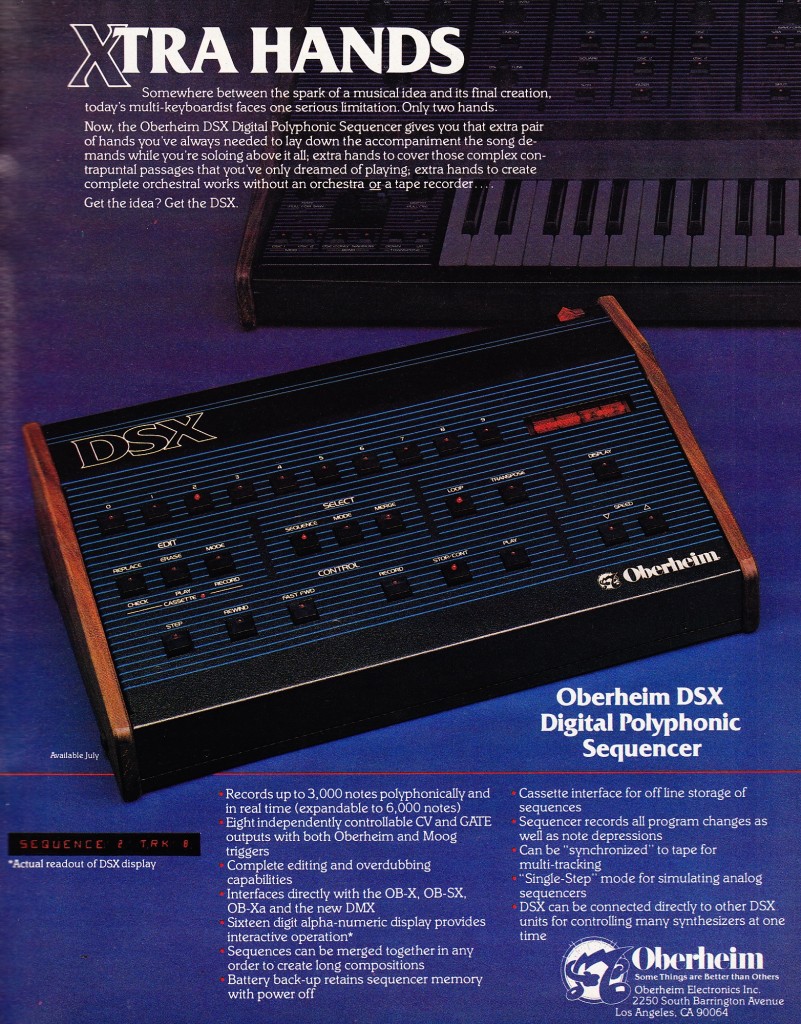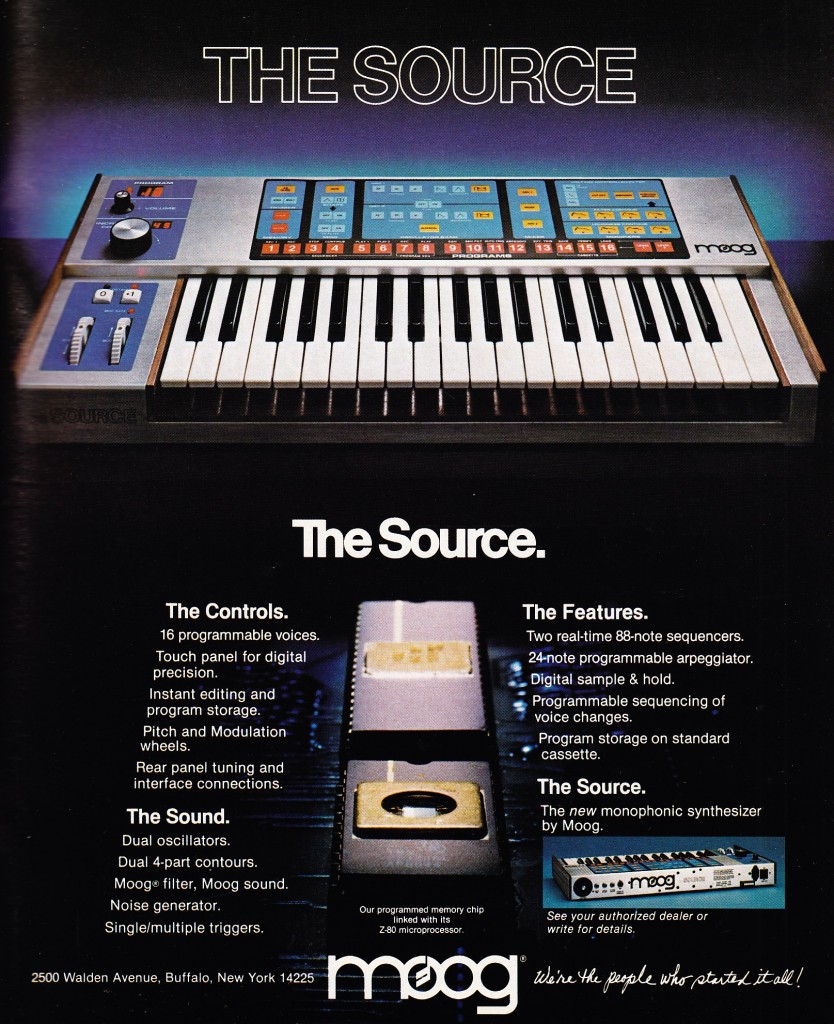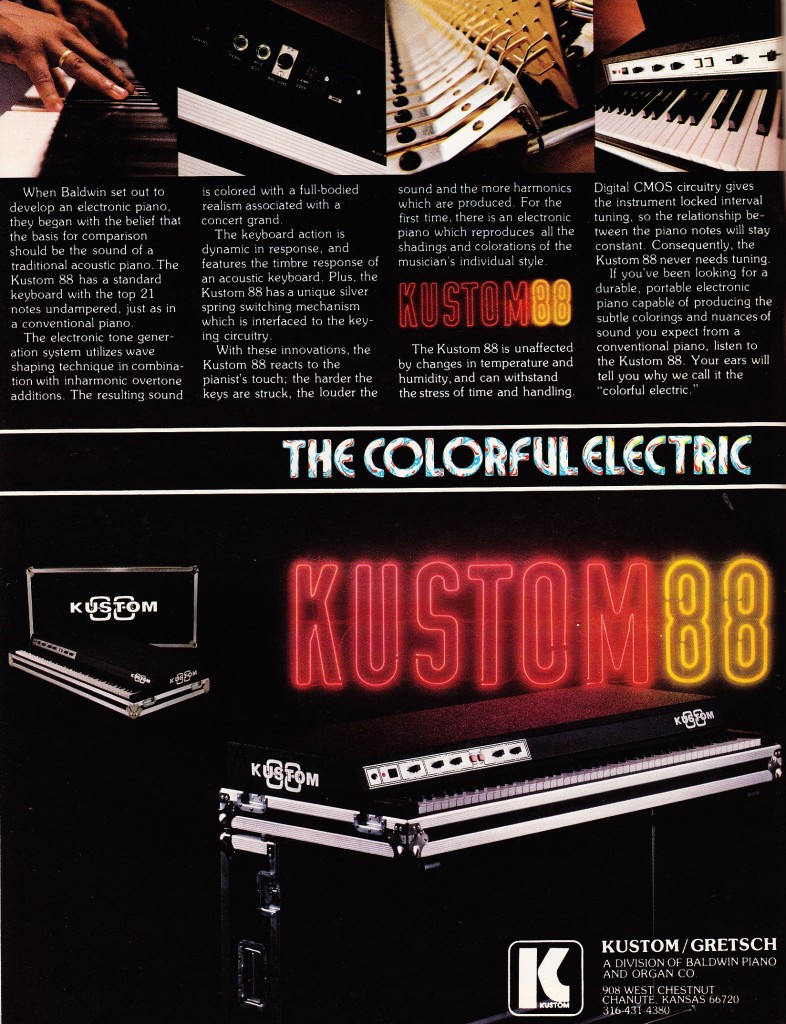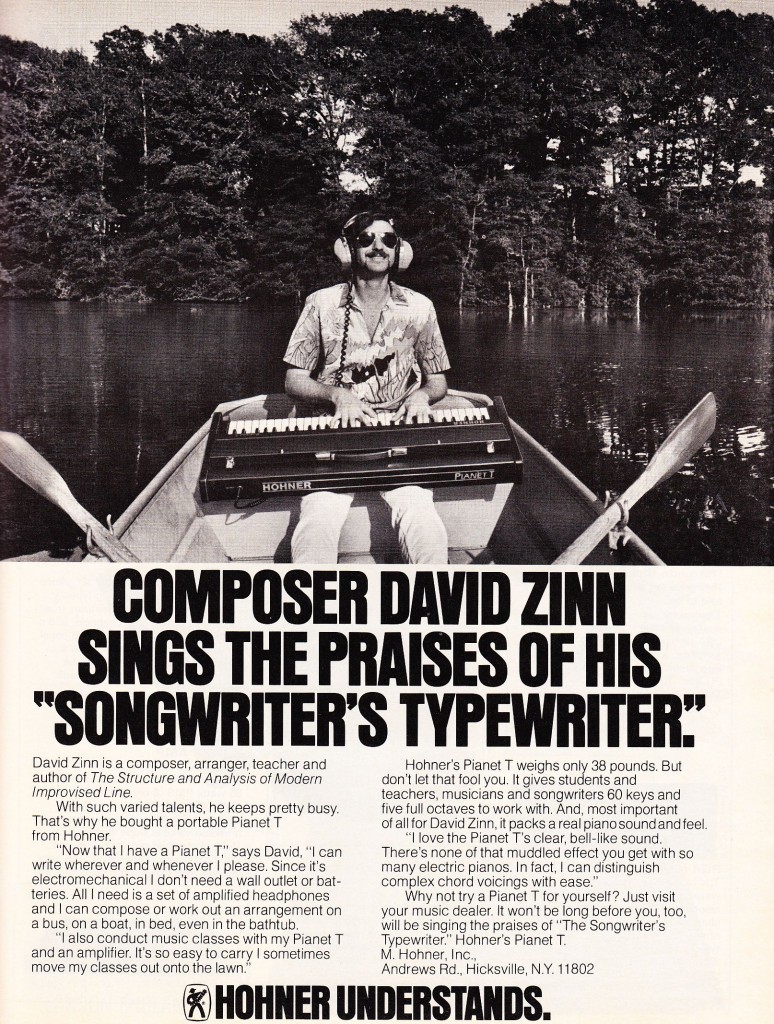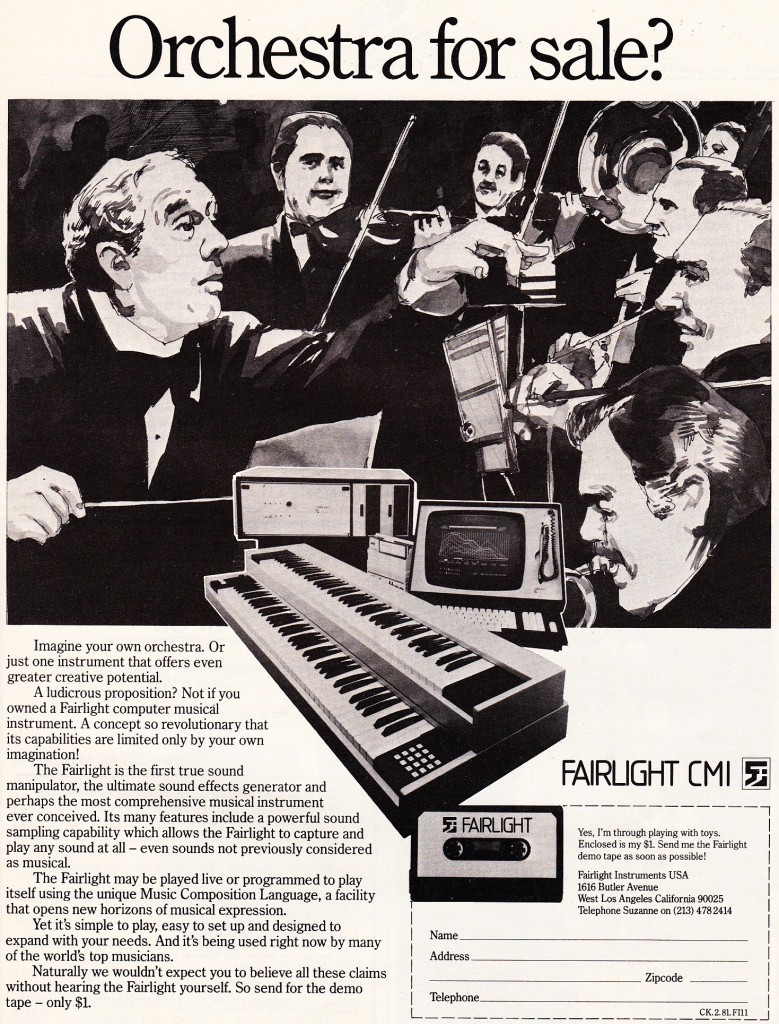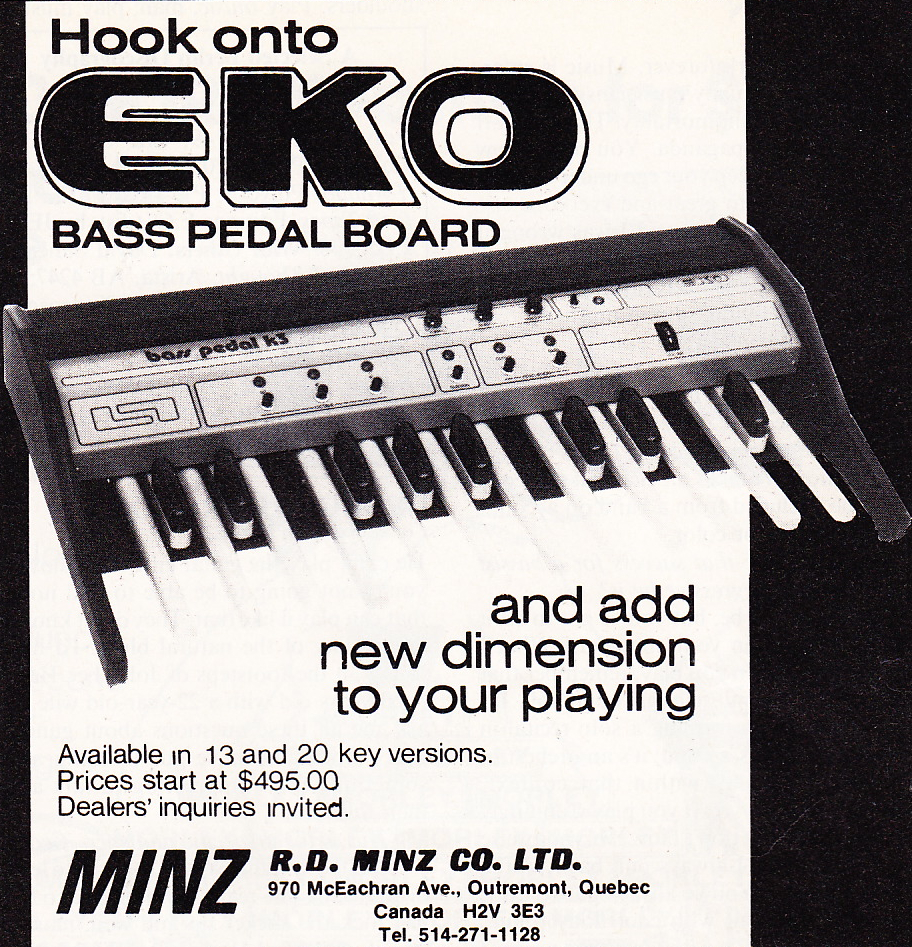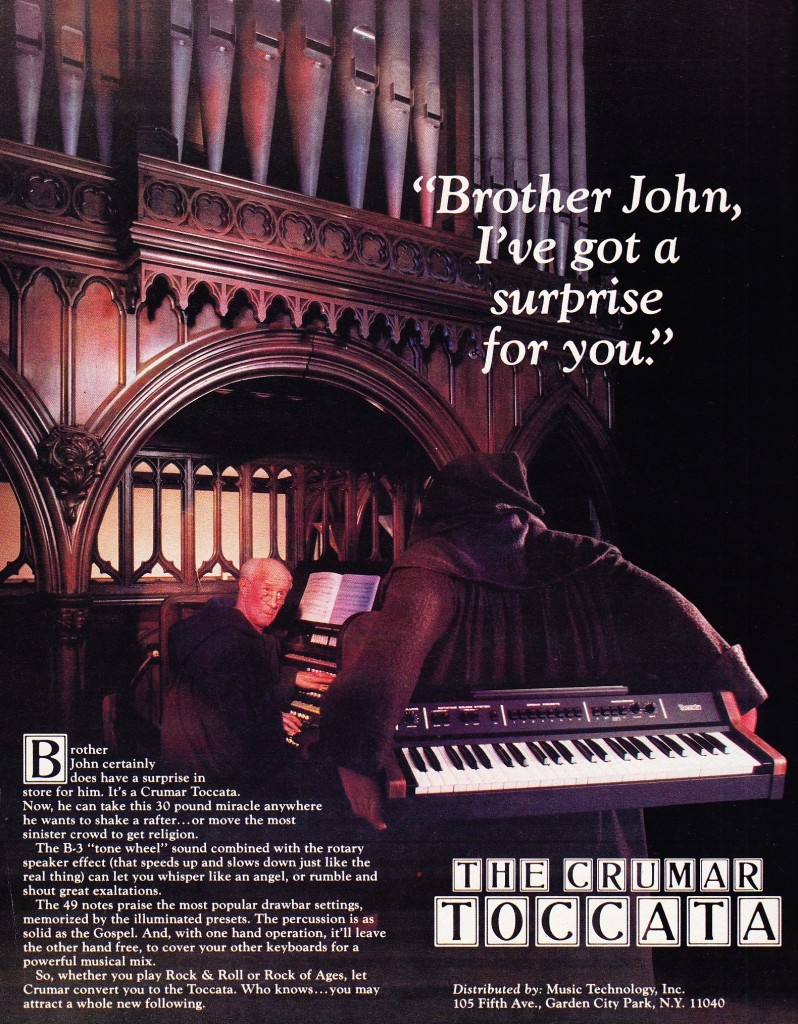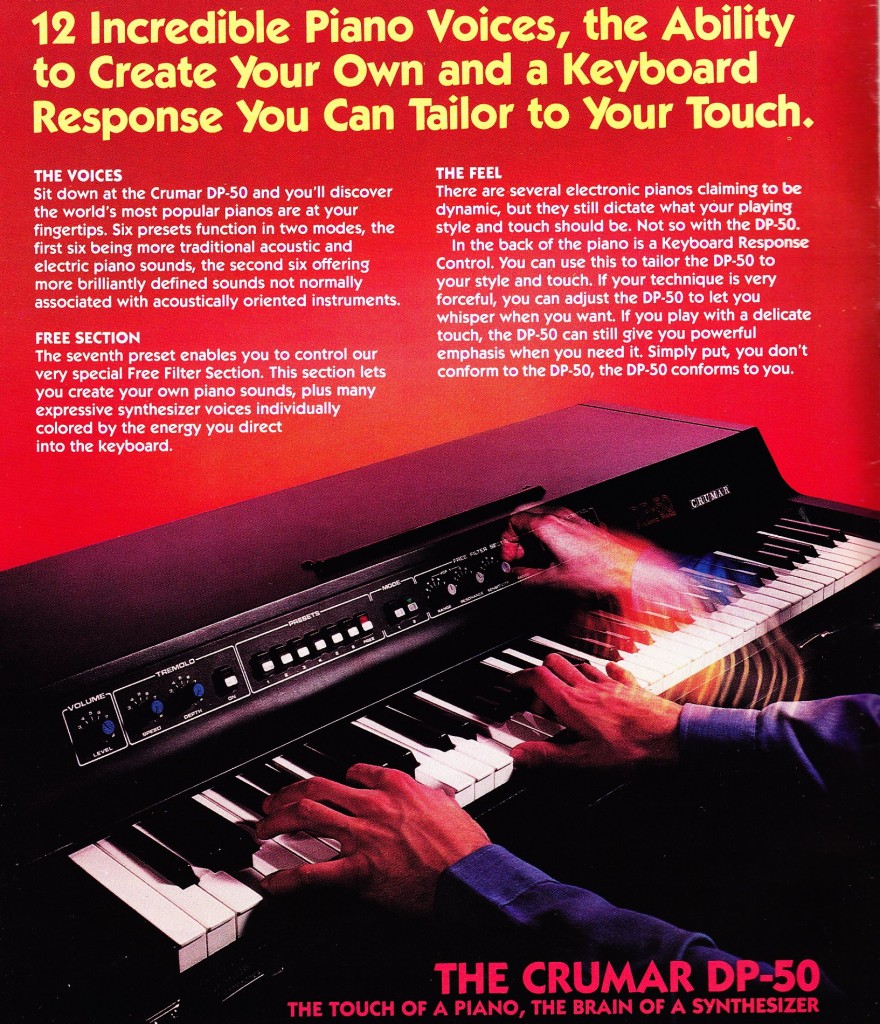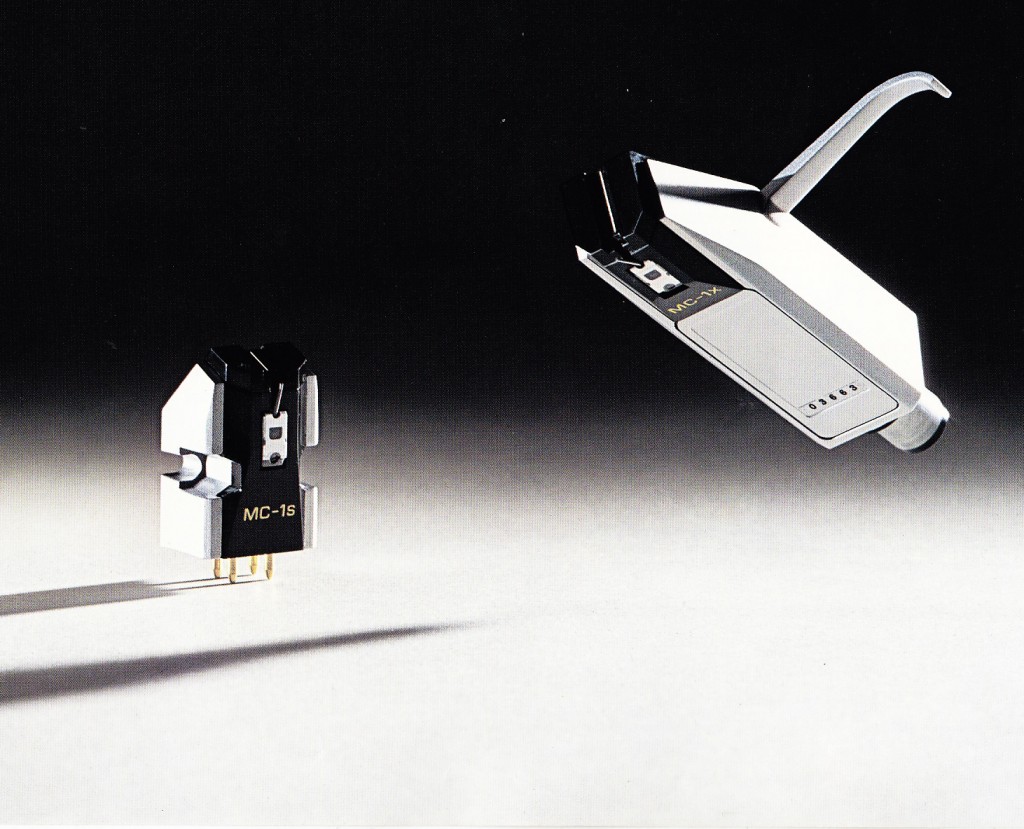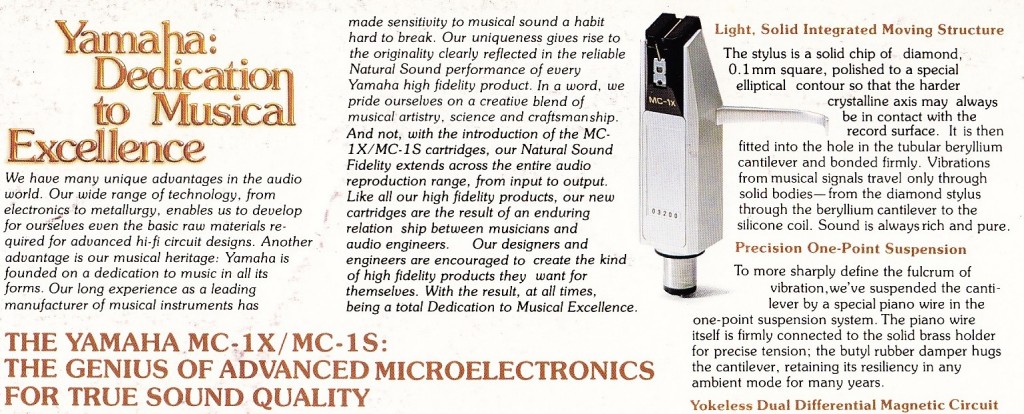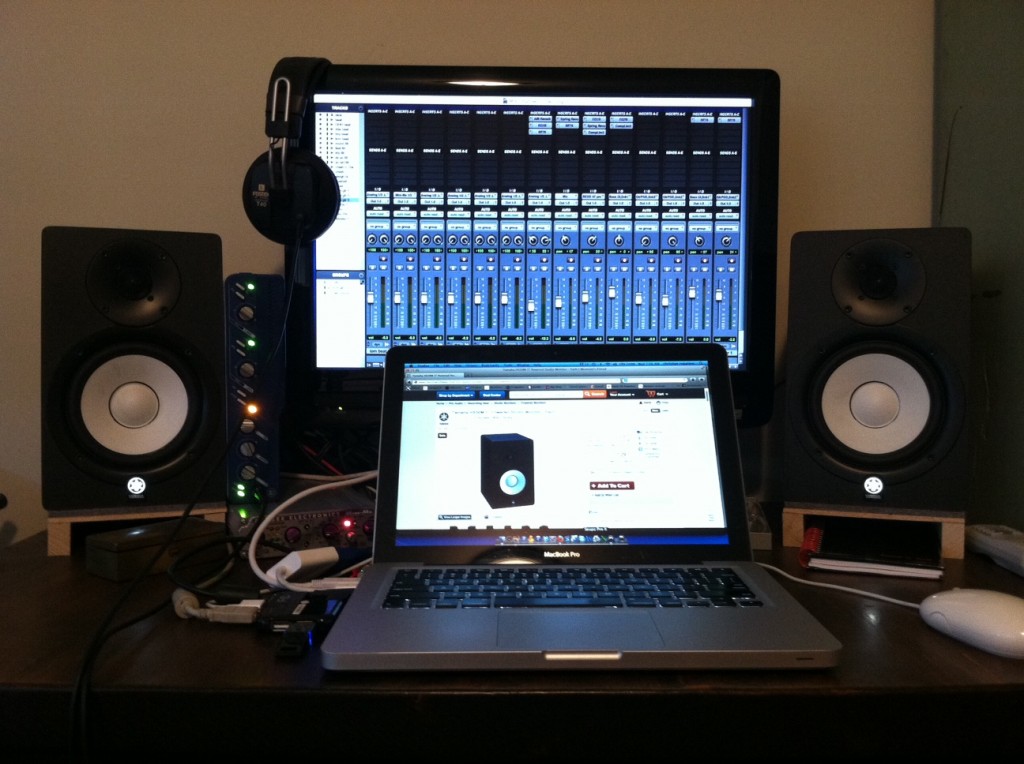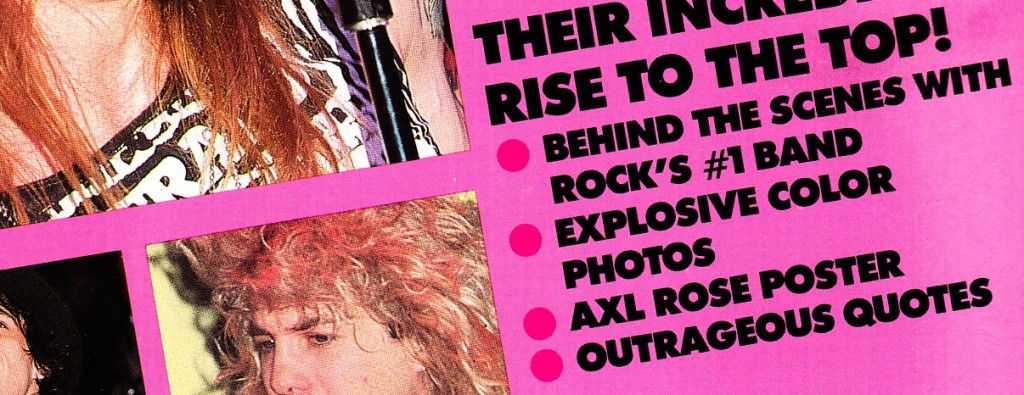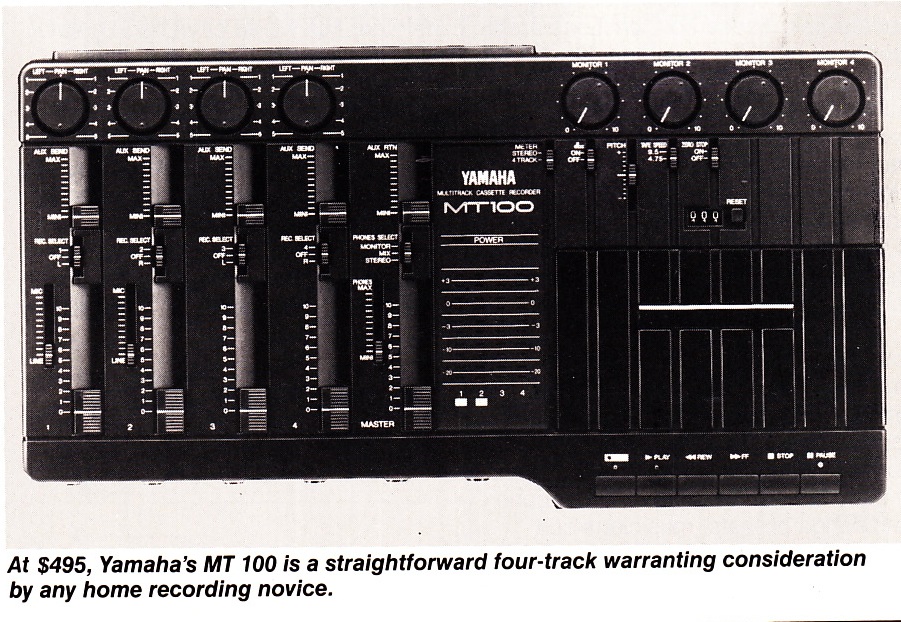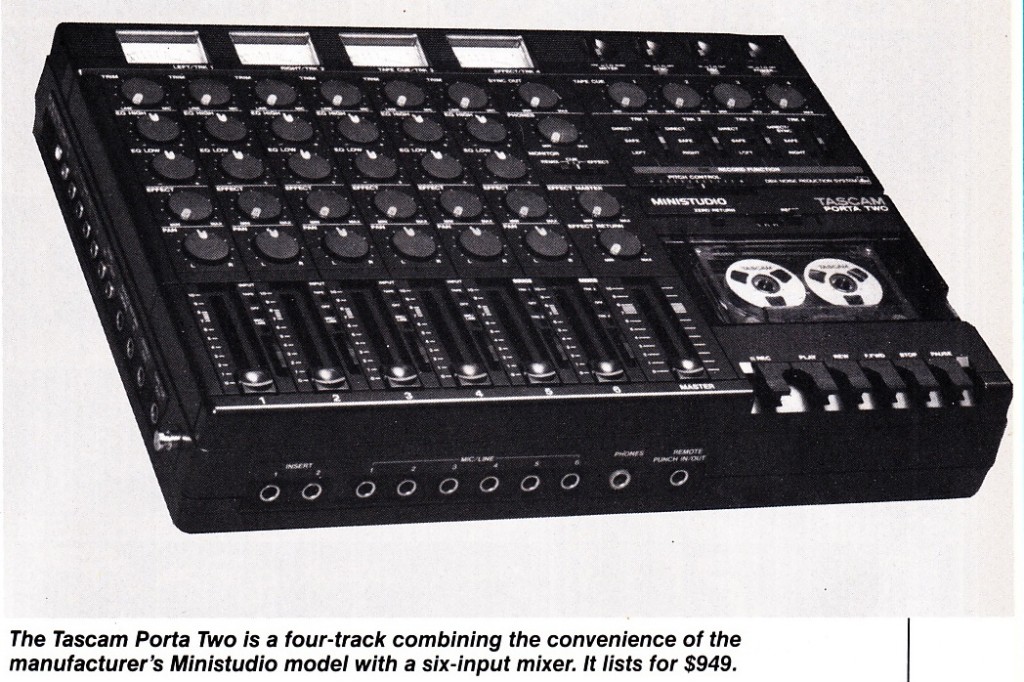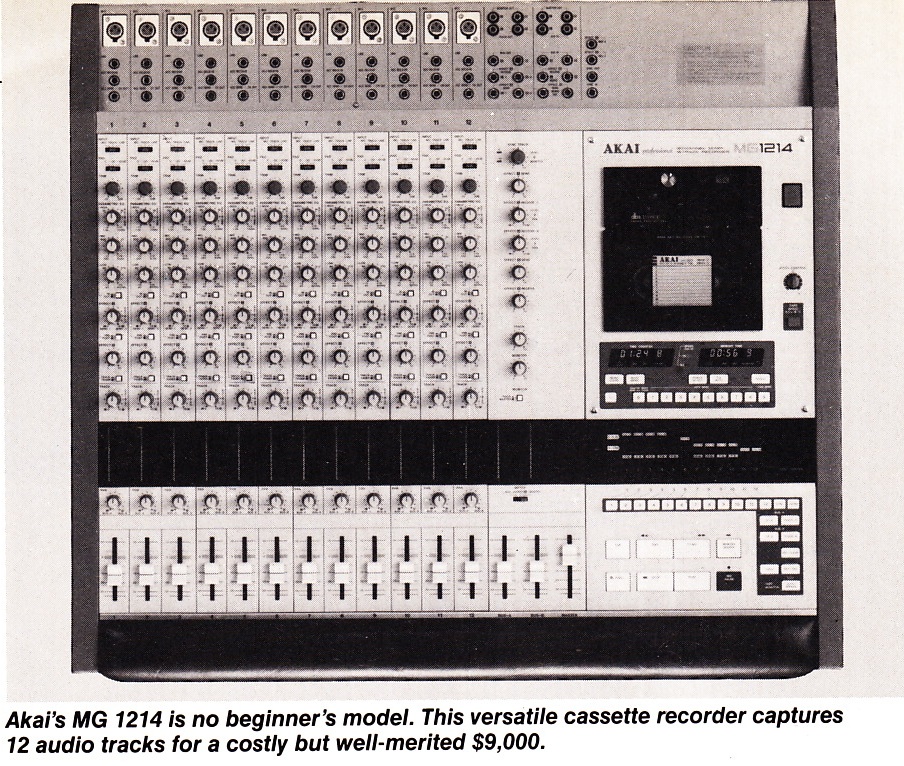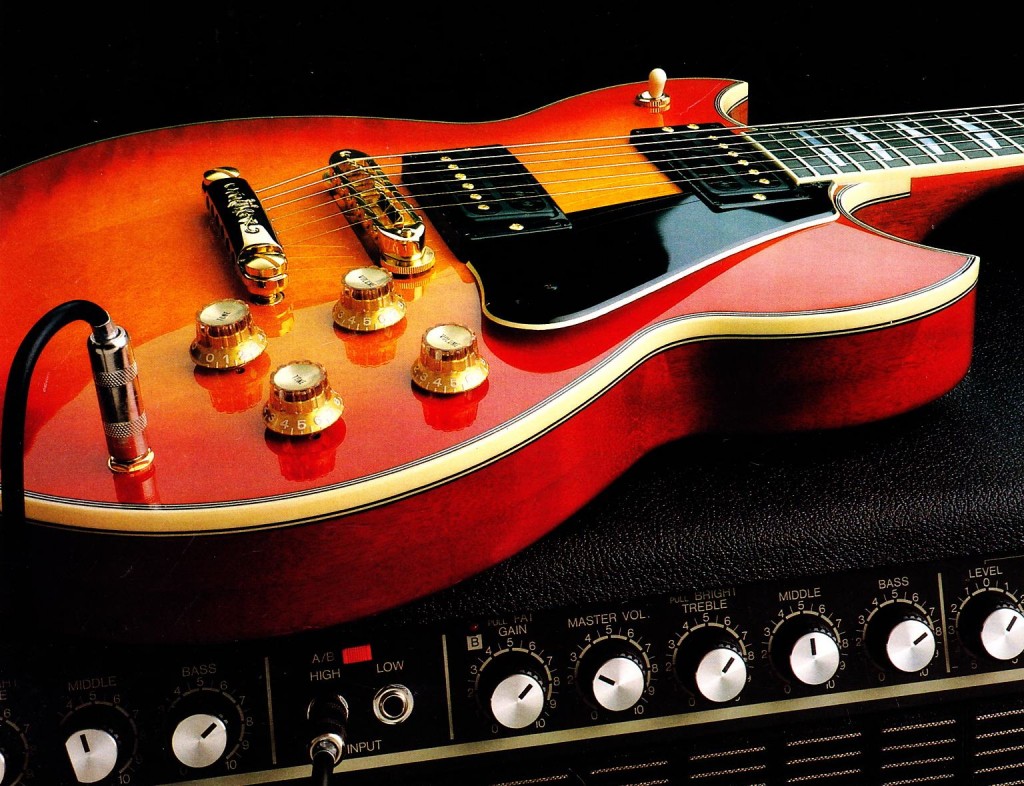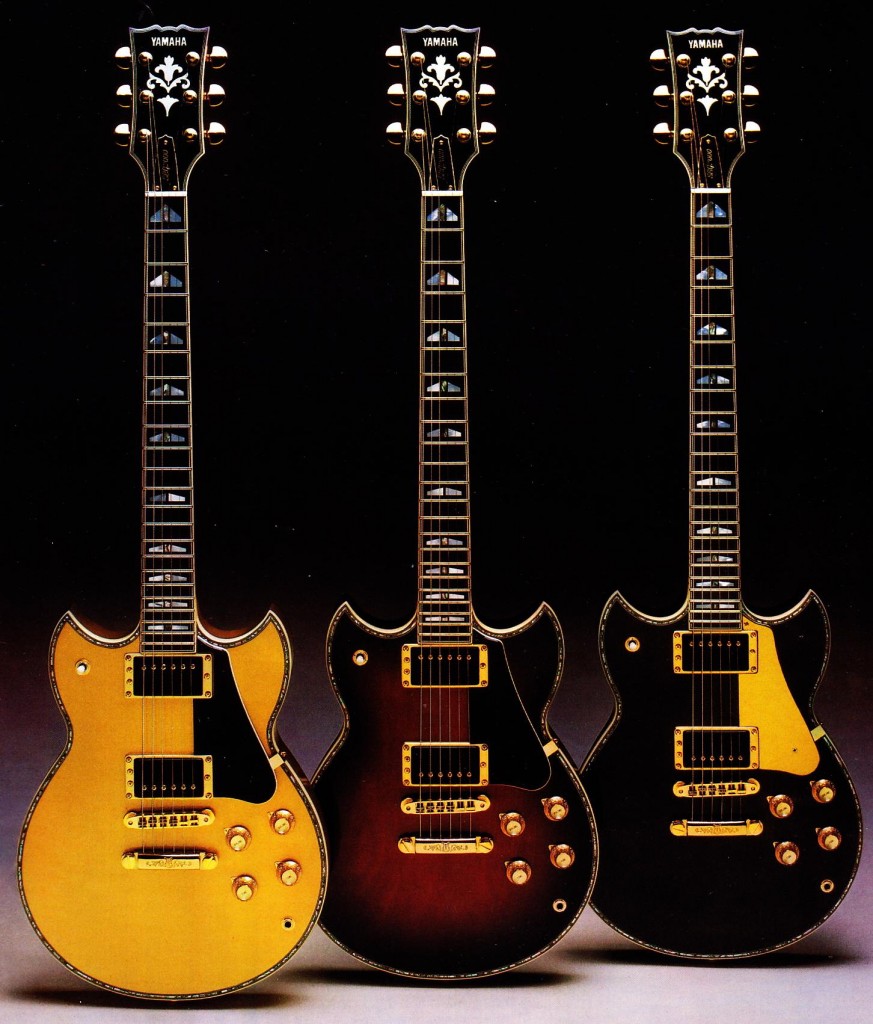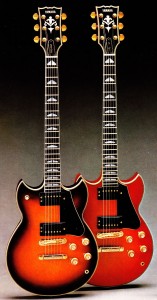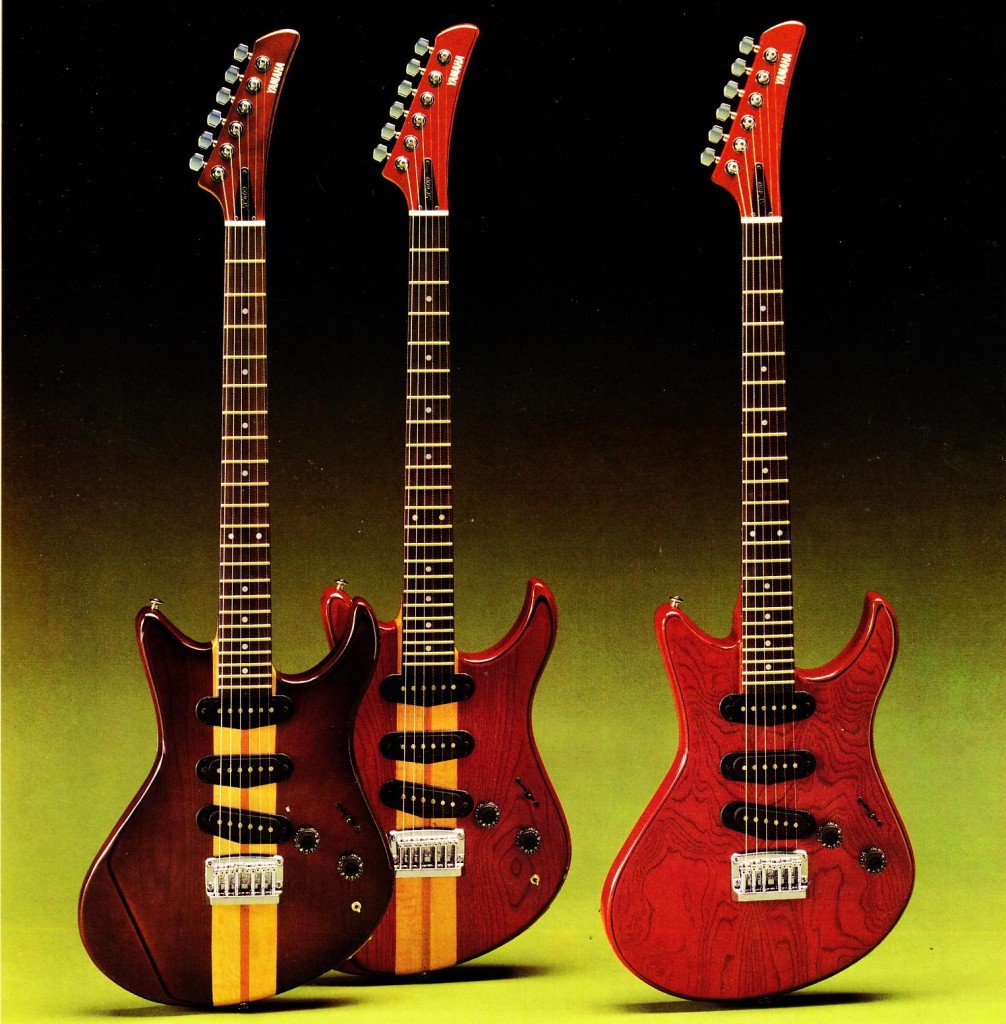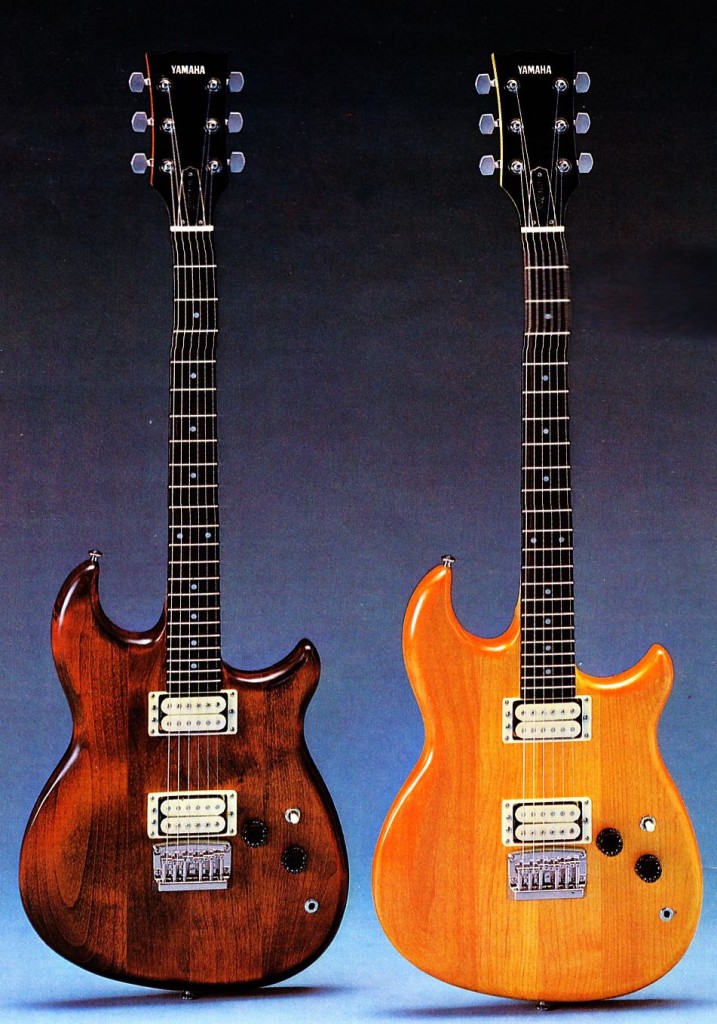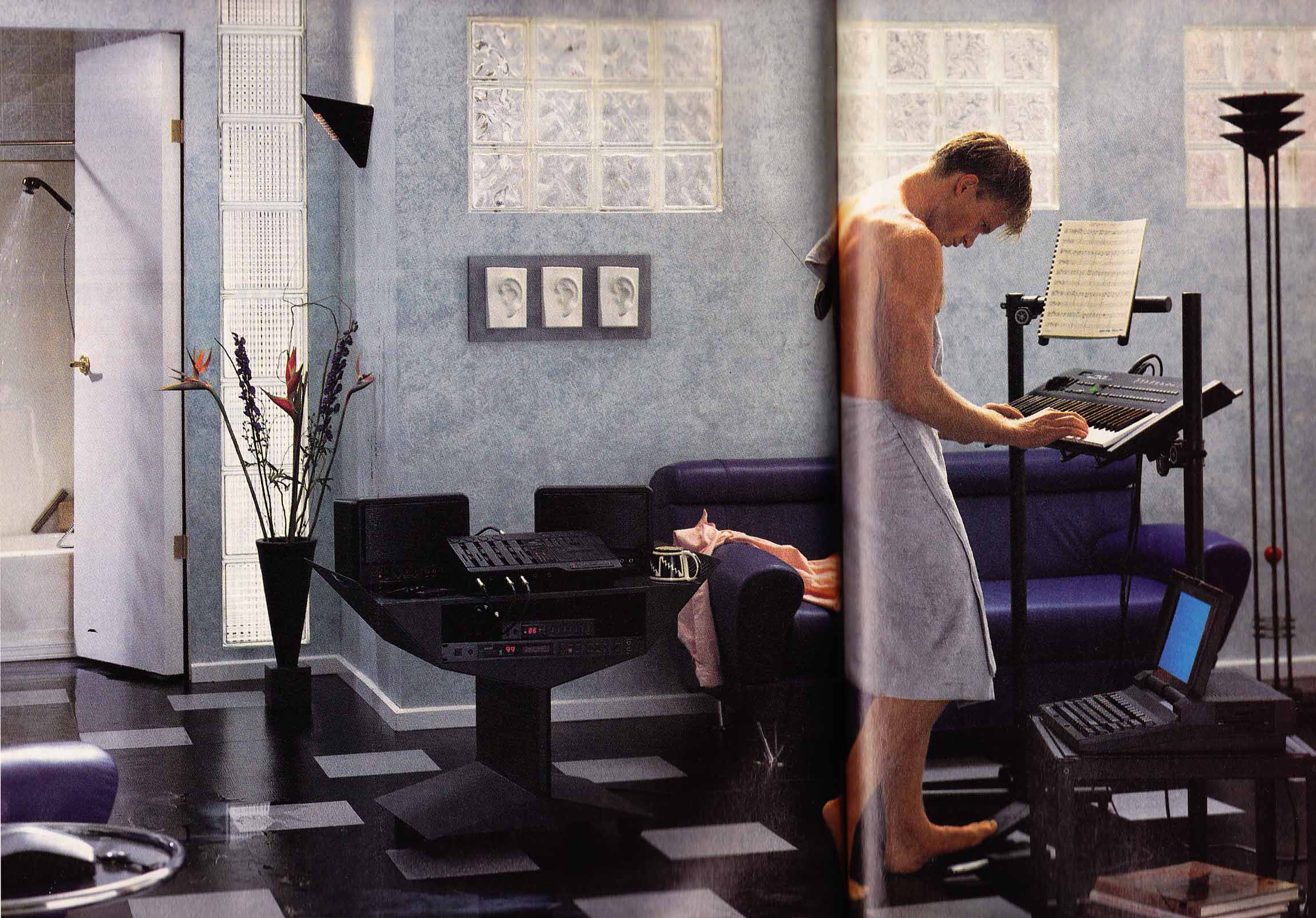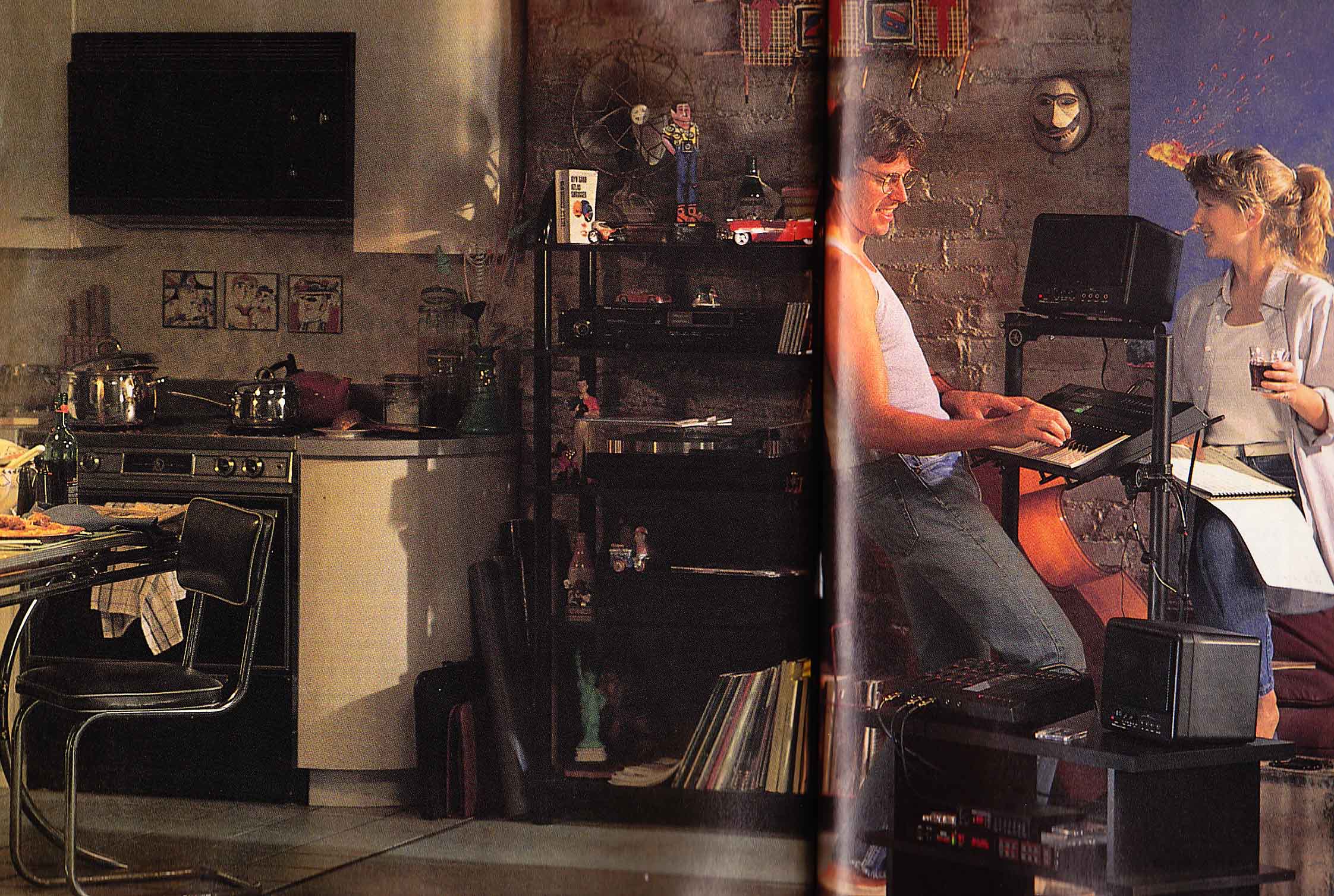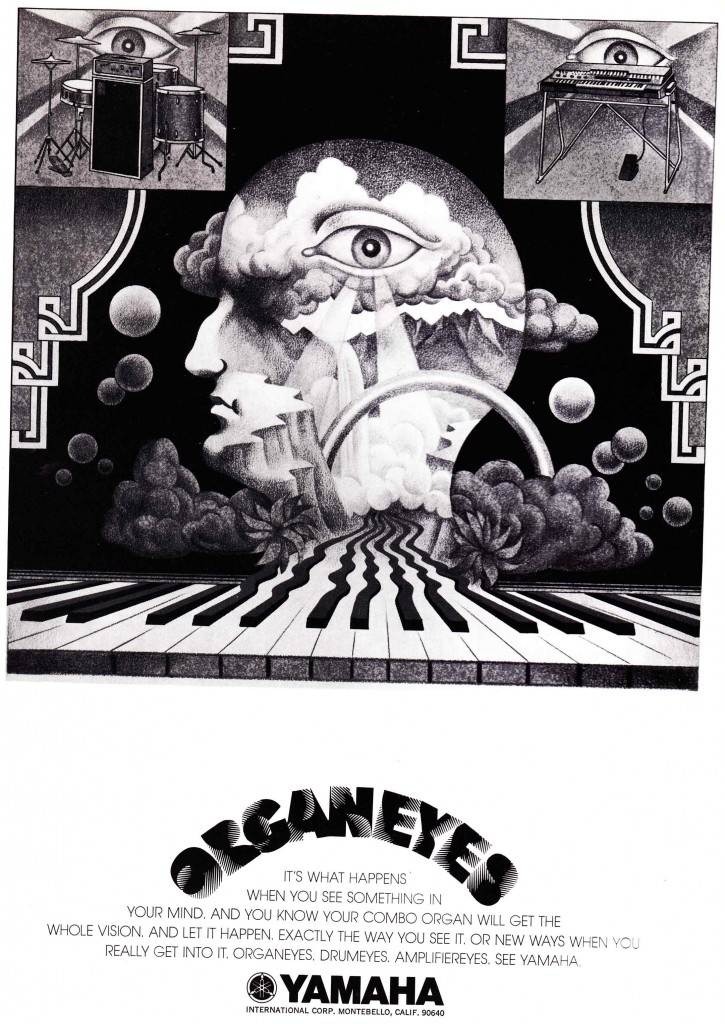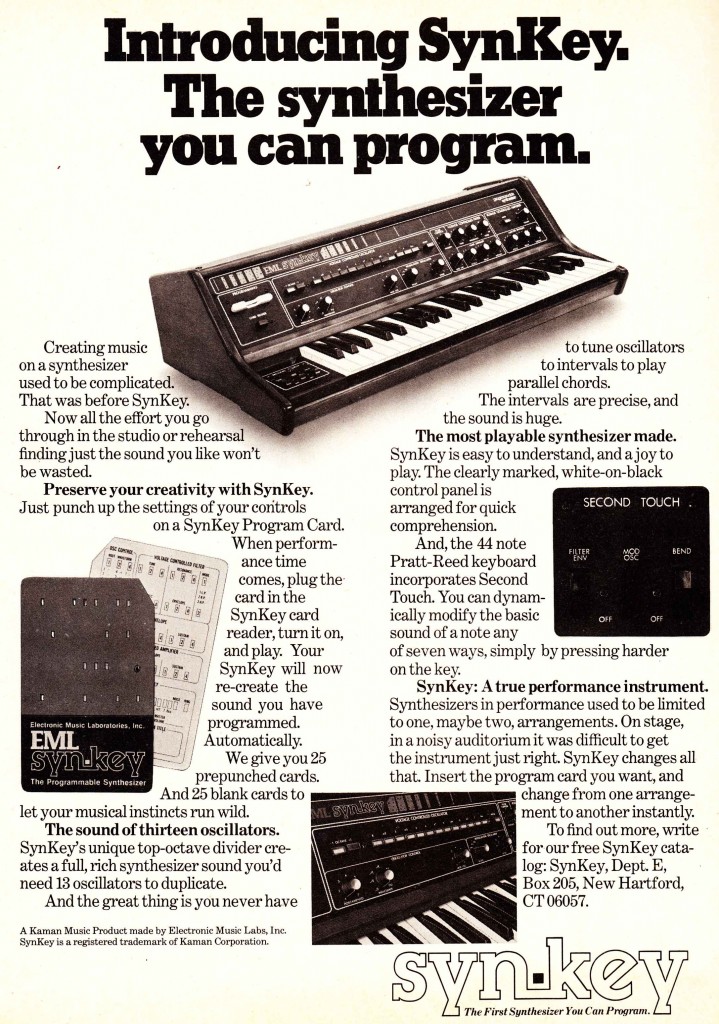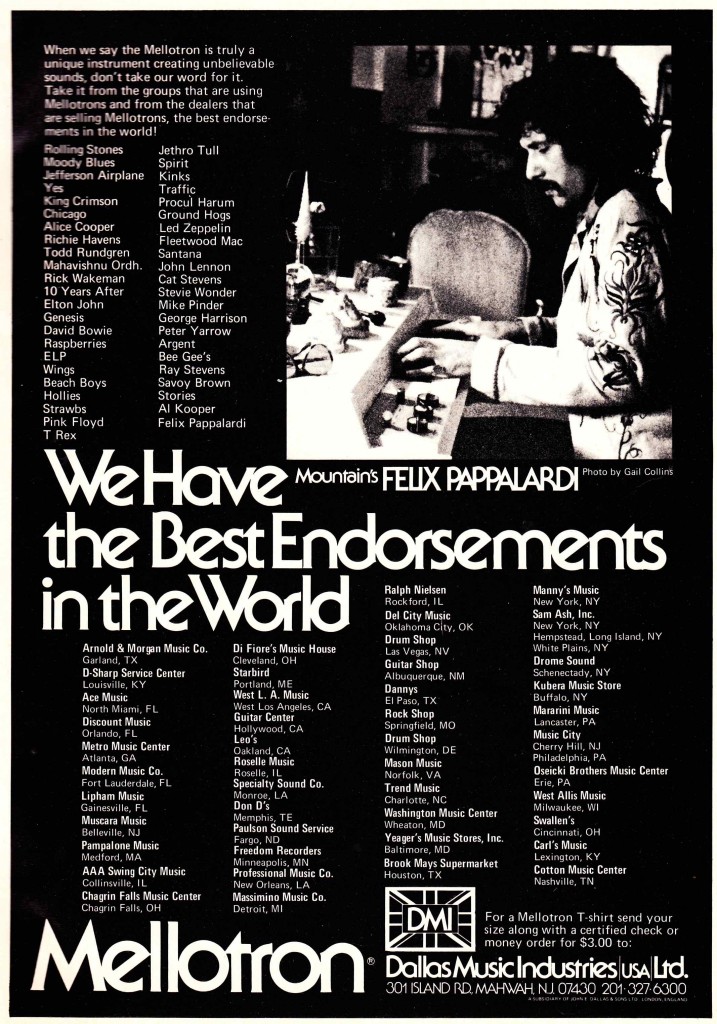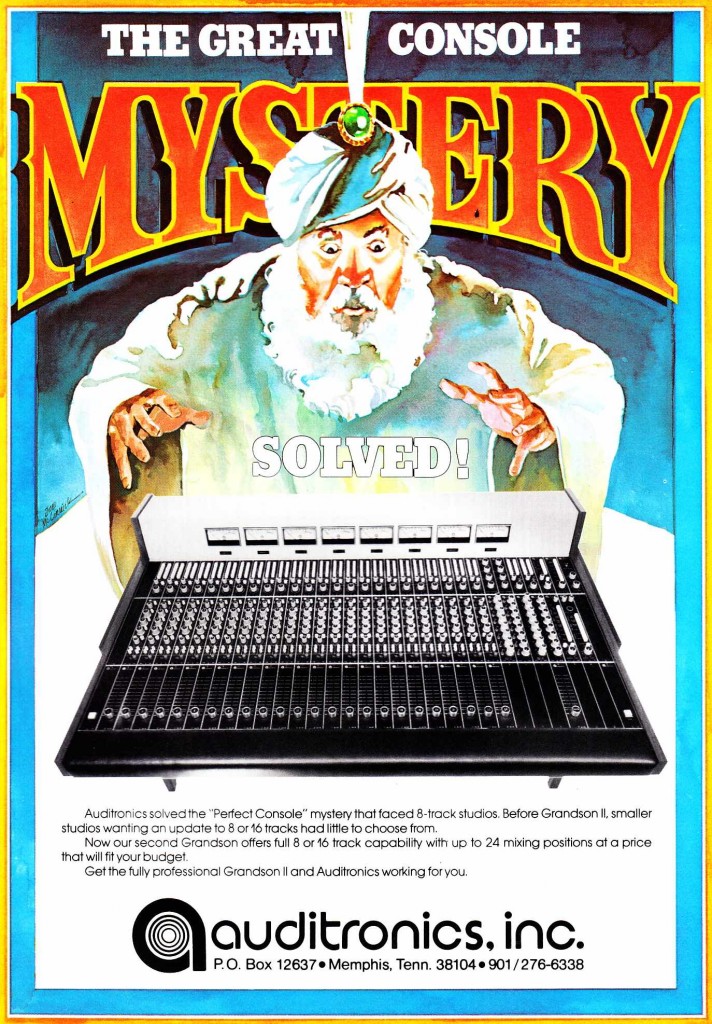 Above: the Audiotronics Grandson II console circa 1975
Above: the Audiotronics Grandson II console circa 1975
Way back in October of 2010 I ran a short piece about some 1970s audio consoles, and now 70s month rolls on with an extensive image gallery of some iconic and some obscure mixing desks from that decade. I’m a hardware mixer fan; I learned audio production in a studio with a Trident Trimix and my brain often just defaults to finding solutions and working-methods that are faster to do with a real console rather than via a DAW. I would never give up my Pro Tools, no way… but I honestly can’t imagine giving up the flexibility and endless options that a good-sounding, full-featured console offers. At Gold Coast Recorders, our Wheatstone SP6 has been going strong for two years now; I’ve had to replace the control room section due to a weird intermittent issue, but I since I had planned ahead and bought a spares-board it was pretty painless. If you look past the real fetish-brands like API and Neve (great stuff, no doubt) there are a million bargains to be had if you are able to do a little tech work (or pay a decent technician). I bought both of my SP6s for about $1500, TOTAL, with shipping, and put about 60 hours into arriving at a single great-functioning piece, fully cabled to my patchbays, and with a lifetime worth of spares. Considering that these SP6s cost around $40,000 each in the mid nineties, this is a pretty great deal. I guess I’d sum it up this way: if you record bands, if you have the physical room for a console, if you have the patience and/or where-with-all to do some basic troubleshooting, and the board is modular (very important….), I feel like you really can’t go wrong. Given the outrageous prices of vintage outboard gear on the market today, vintage consoles represent an amazing bargain. And a potentially amazing headache. So be careful.
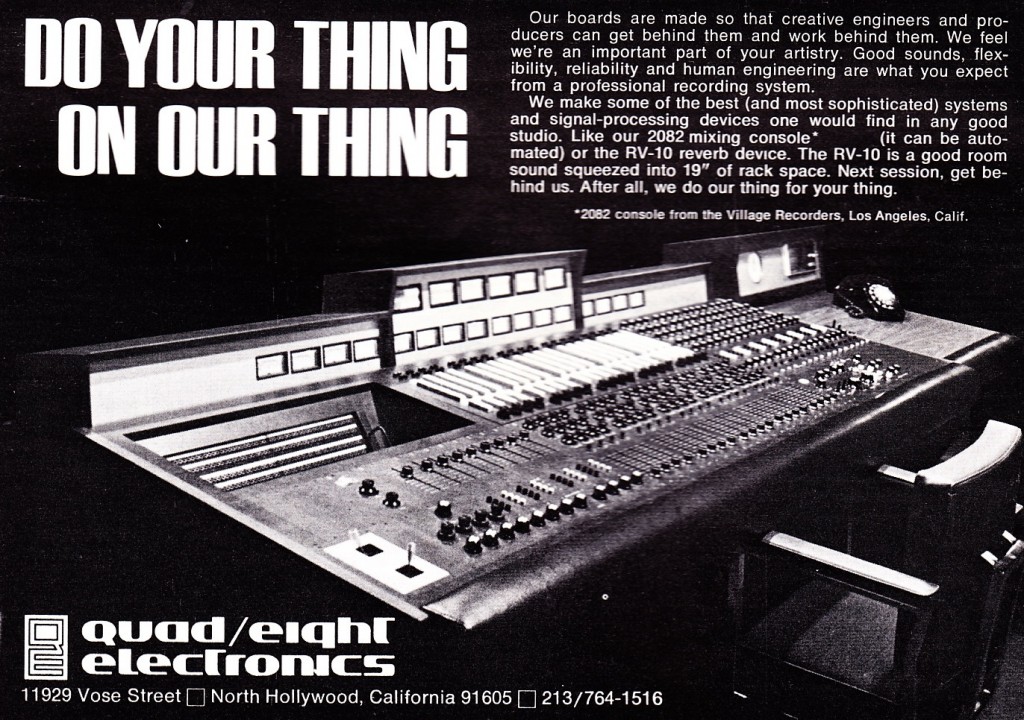 Above: Quad/eight 2082 console circa 1972
Above: Quad/eight 2082 console circa 1972
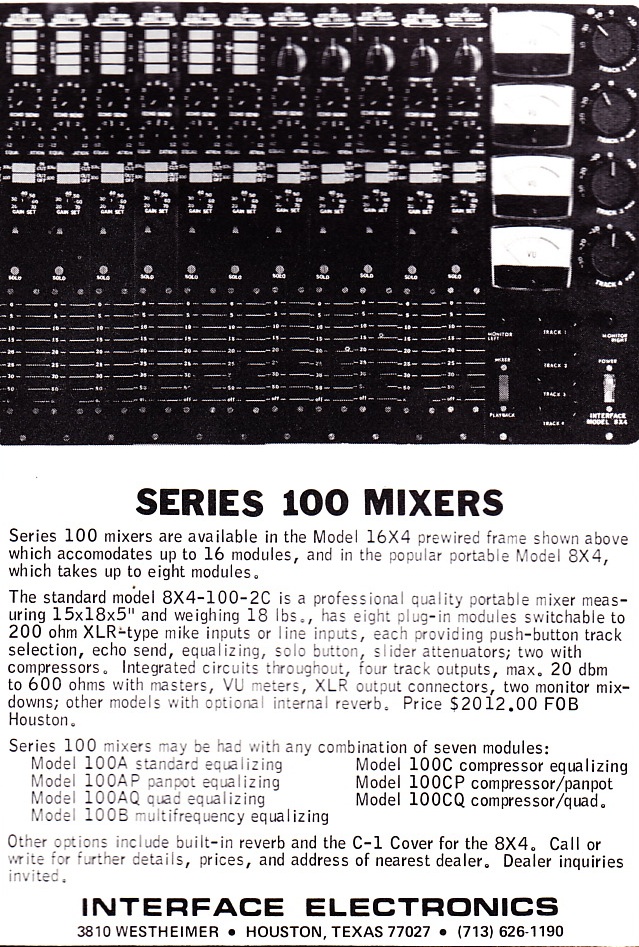 Above: Interface Electronics Series 100 console circa 1973
Above: Interface Electronics Series 100 console circa 1973
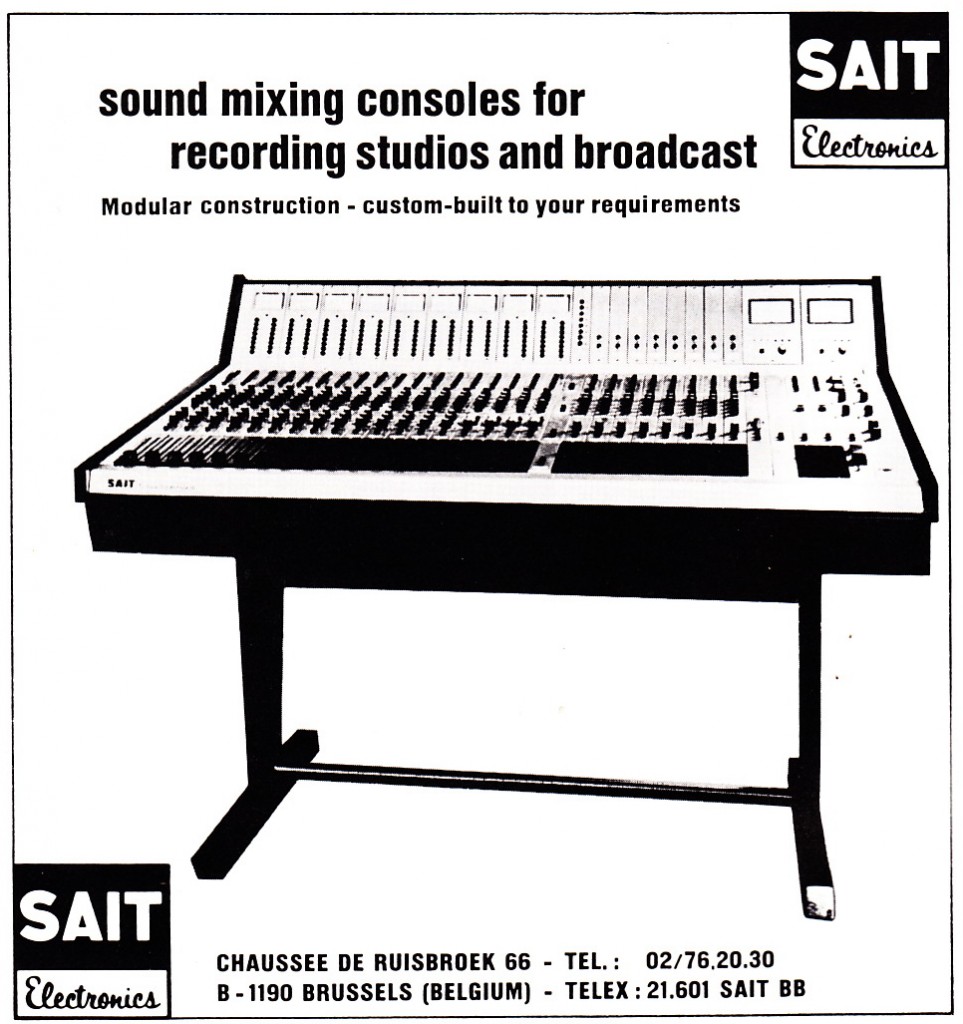 Above: Sait, a Belgium maker, offered this board in ’73
Above: Sait, a Belgium maker, offered this board in ’73
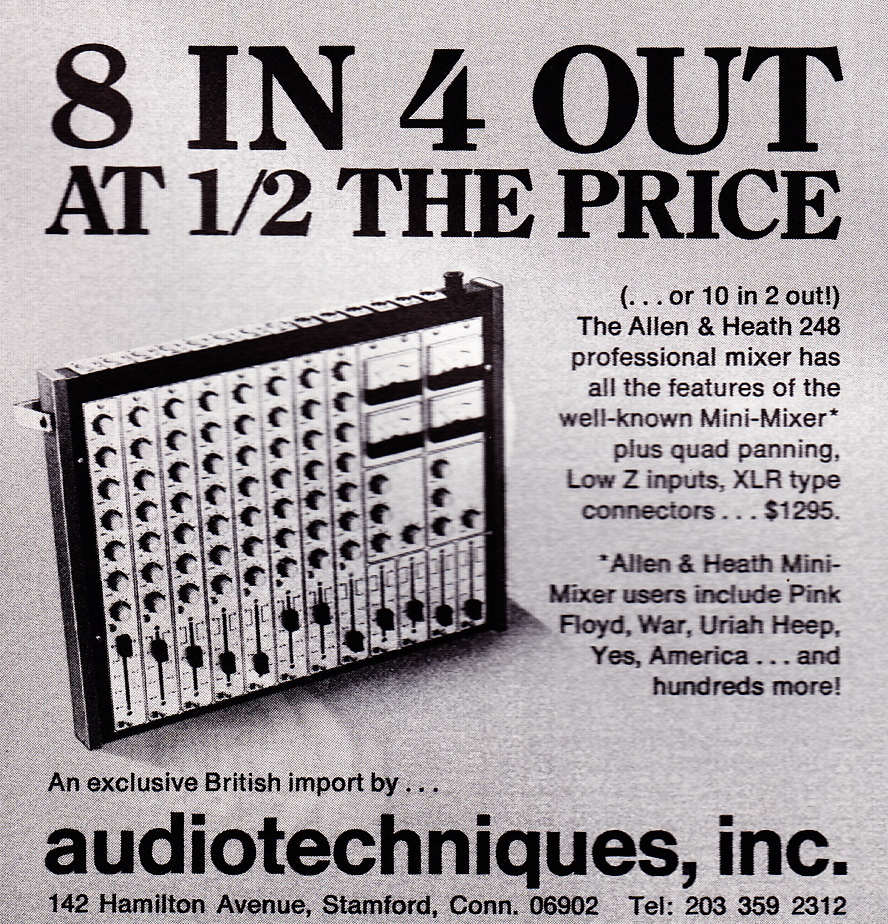 The Allen+Heath 248 portable mixer circa 1973
The Allen+Heath 248 portable mixer circa 1973
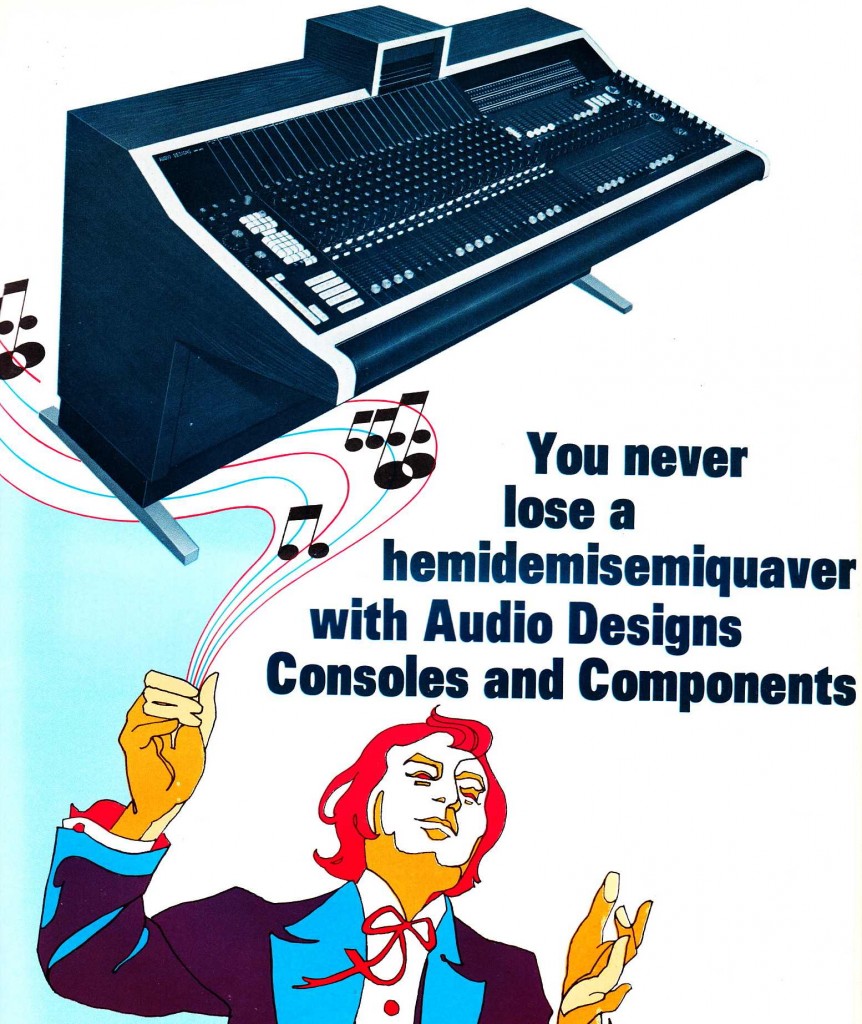 ADR console circa 1973
ADR console circa 1973
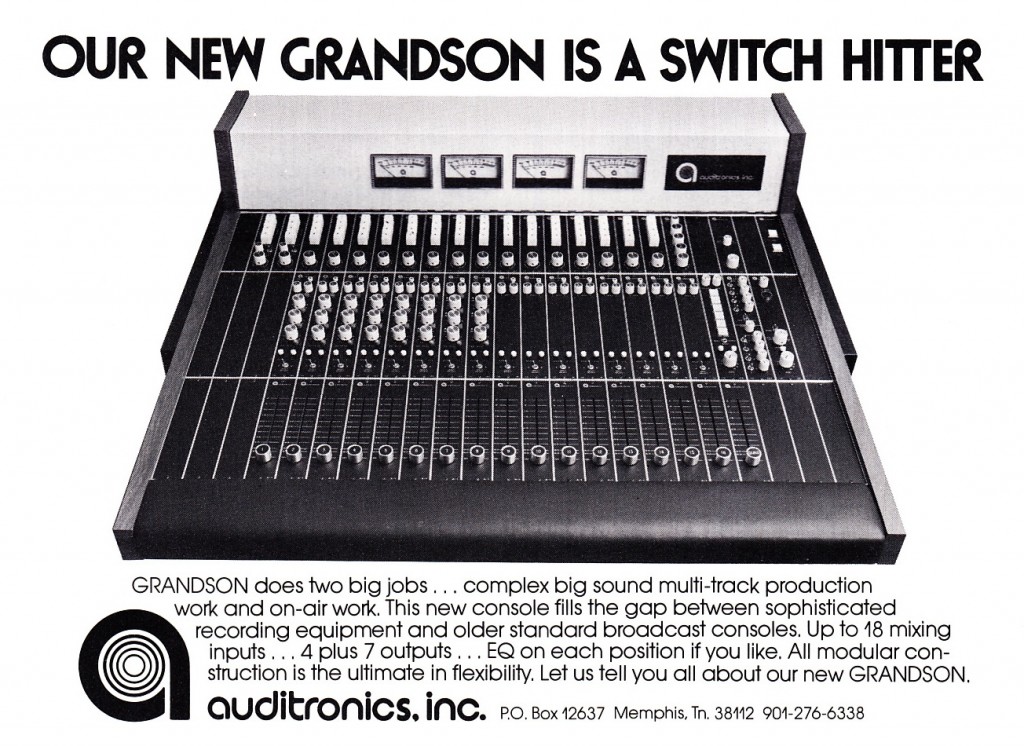 The earlier iteration of the Audiotronics Grandson, this one from 1973
The earlier iteration of the Audiotronics Grandson, this one from 1973
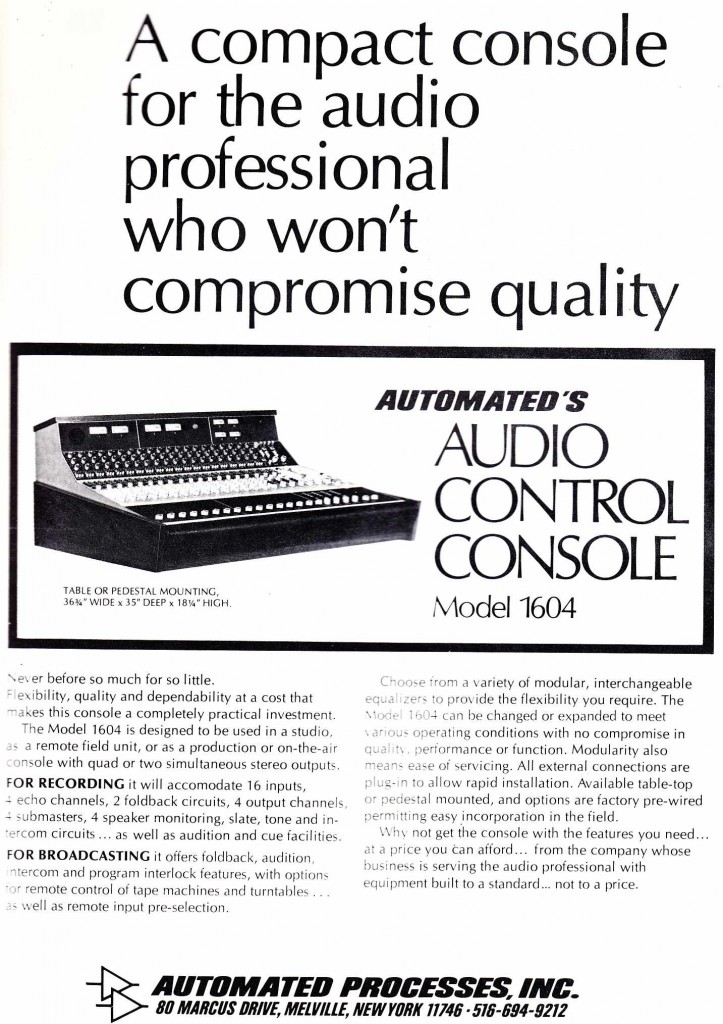 The API 1604 as-seen in 1974, and as still-seen in studios worldwide
The API 1604 as-seen in 1974, and as still-seen in studios worldwide
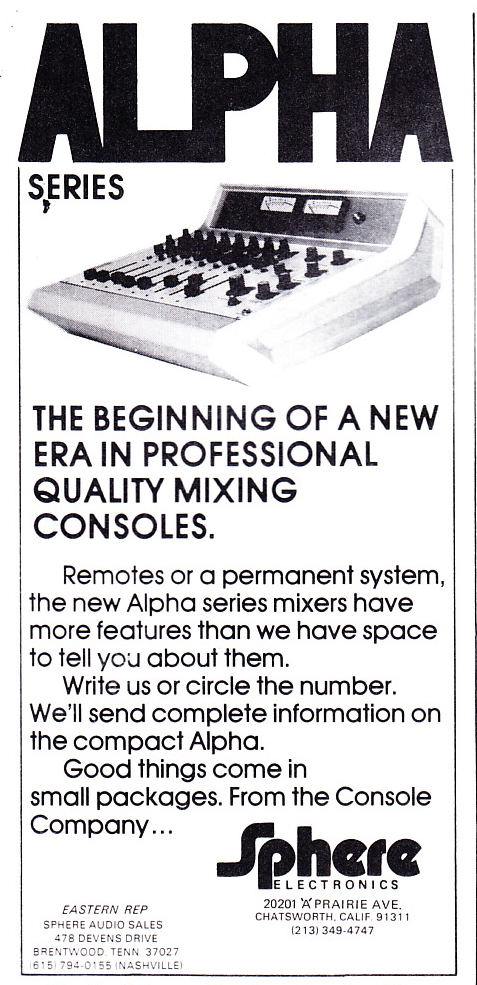 Sphere was a high-end console-maker that I know almost nothing about; here we see their ALPHA, a compact model from 1975
Sphere was a high-end console-maker that I know almost nothing about; here we see their ALPHA, a compact model from 1975
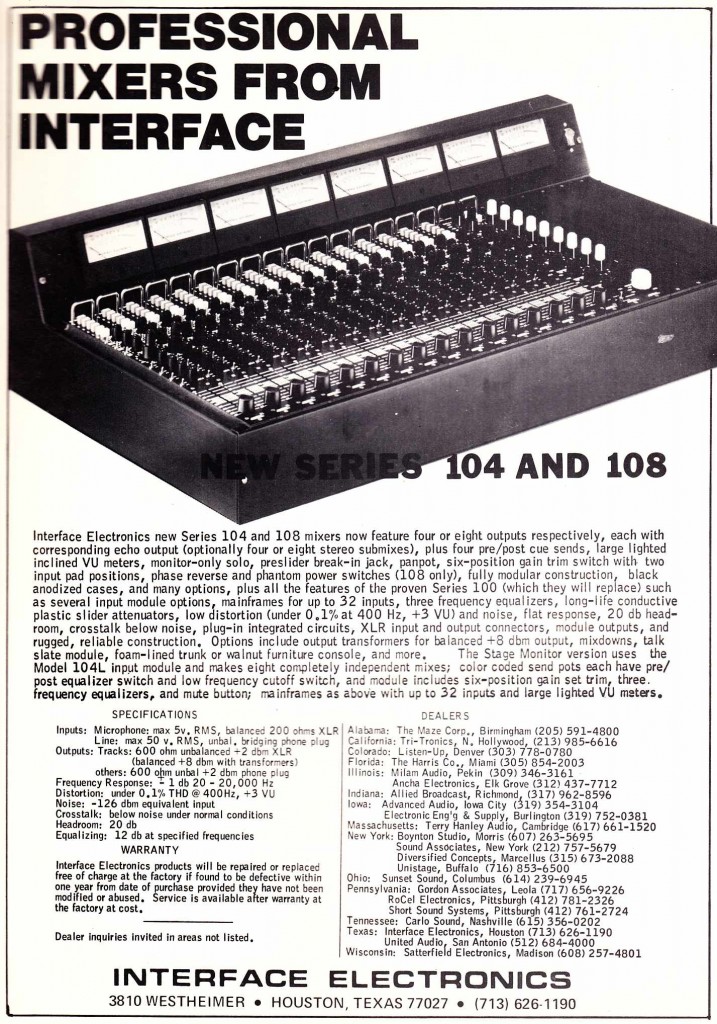 In 1976 Interface offered the 104 and 108 series consoles
In 1976 Interface offered the 104 and 108 series consoles
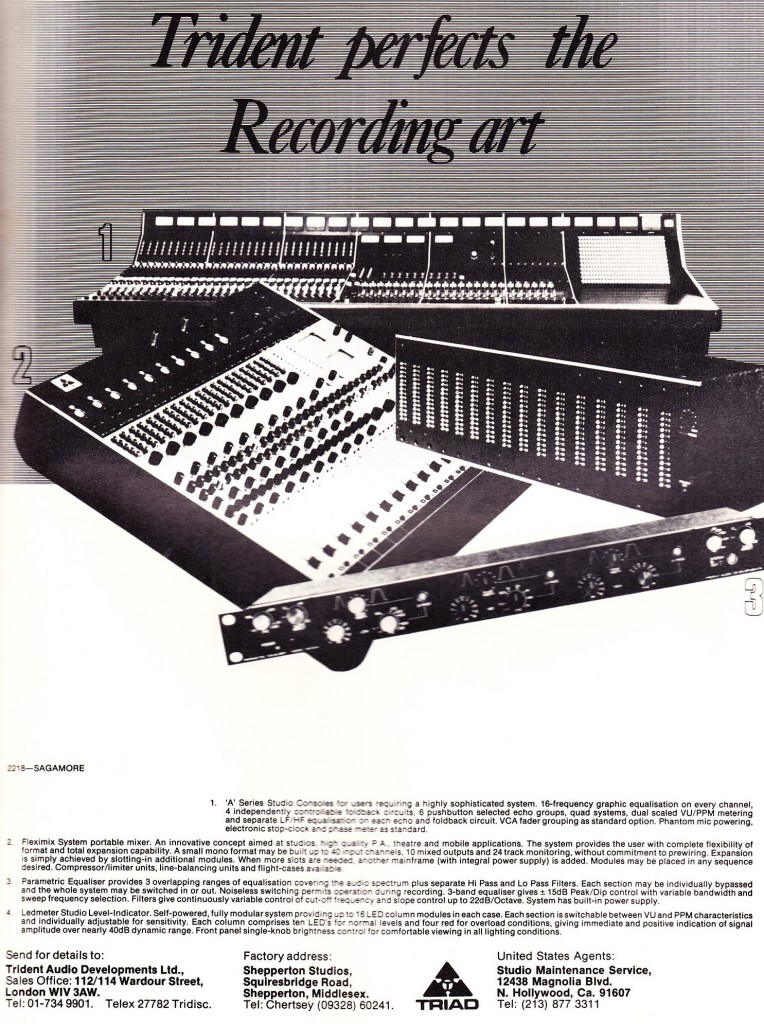 Above: the Trident range circa ’77. Apologies for the poor scan, I think I may need to invest in a new scanner. As I mentioned at the head, I learned on the Trident Trimix, which was a ‘portable’ unit (portable but still around 150lbs!) that was offered a bit later. I later learned the dark side of the Trimix is that… aside from the mic inputs, none of it is balanced and the signal-to-noise ratio is very poor. Which brings up a good point: before investing in one of these things, research the specs. What I hadn’t known then is that the Trimix was originally conceived of as a live console… designed especially for Queen, if I recall correctly…Anyhow, yes the EQ sounded amazing and the build quality was high but it was far too noisy for modern productions.
Above: the Trident range circa ’77. Apologies for the poor scan, I think I may need to invest in a new scanner. As I mentioned at the head, I learned on the Trident Trimix, which was a ‘portable’ unit (portable but still around 150lbs!) that was offered a bit later. I later learned the dark side of the Trimix is that… aside from the mic inputs, none of it is balanced and the signal-to-noise ratio is very poor. Which brings up a good point: before investing in one of these things, research the specs. What I hadn’t known then is that the Trimix was originally conceived of as a live console… designed especially for Queen, if I recall correctly…Anyhow, yes the EQ sounded amazing and the build quality was high but it was far too noisy for modern productions.
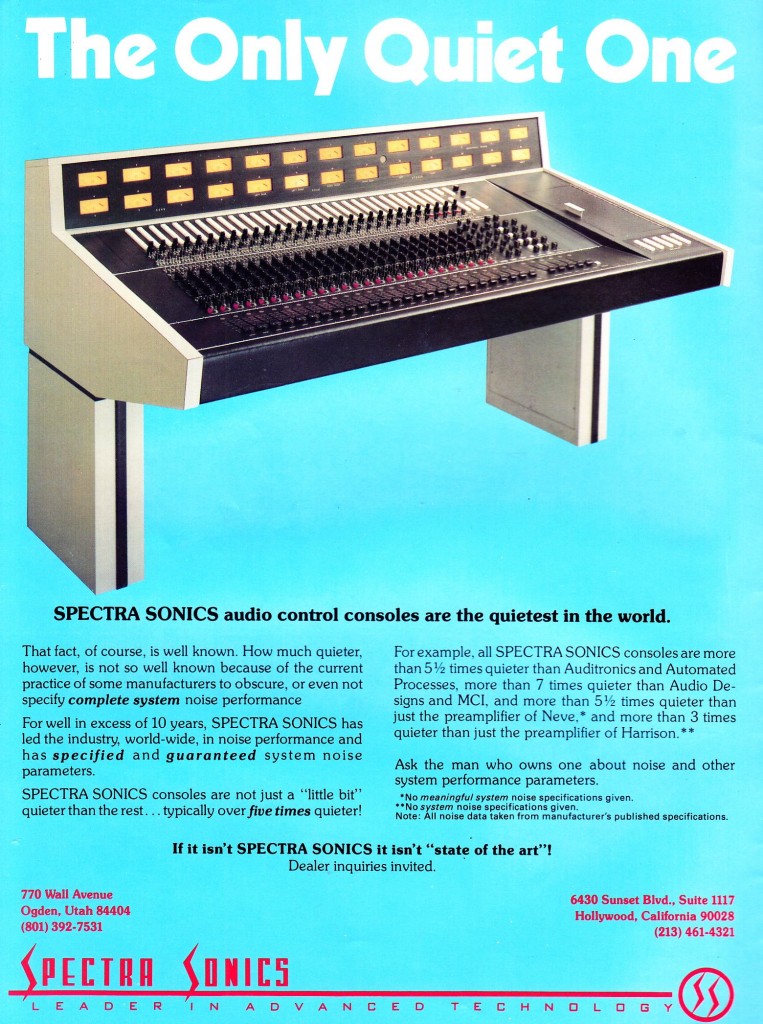 Above: Spectra Sonics console circa 1977.
Above: Spectra Sonics console circa 1977.
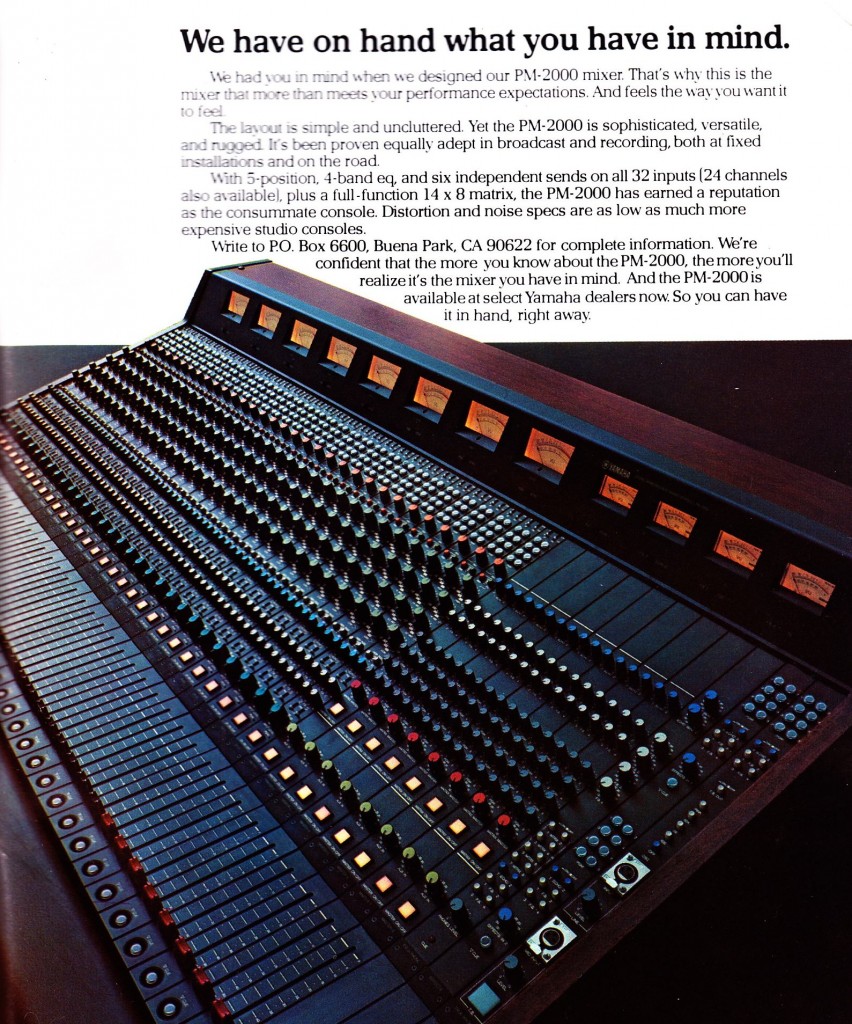 The Yamaha PM2000 of 1980, successor to the -“Japa-Neve” PM1000. And apparently even better? Weigh in…
The Yamaha PM2000 of 1980, successor to the -“Japa-Neve” PM1000. And apparently even better? Weigh in…
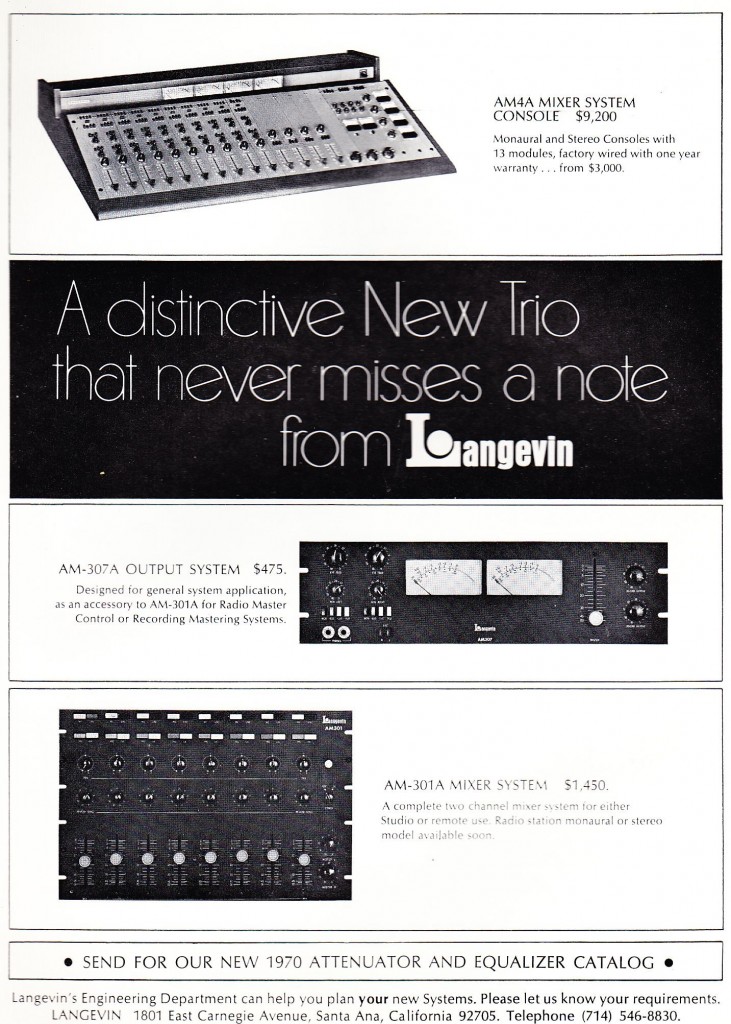 The Langevin AM4A of 1970.
The Langevin AM4A of 1970.
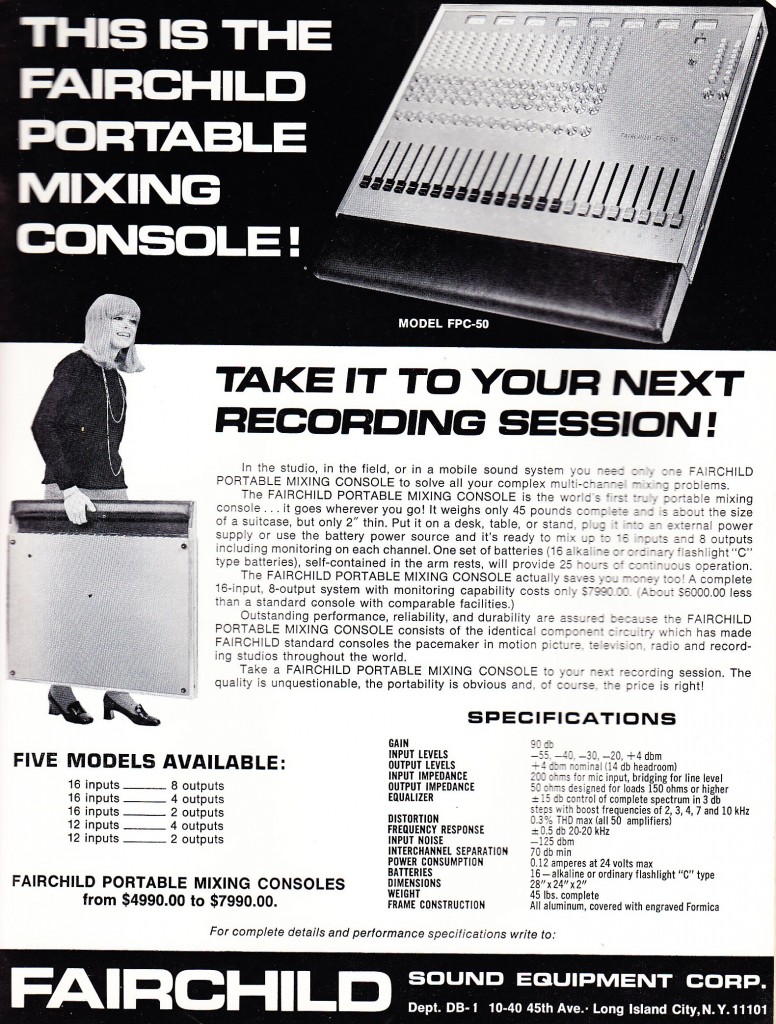 Here’s an unusual one: The Fairchild Portable Console of 1970, likely one their last pro-audio products. I have never seen one of these before. Anyone?
Here’s an unusual one: The Fairchild Portable Console of 1970, likely one their last pro-audio products. I have never seen one of these before. Anyone?
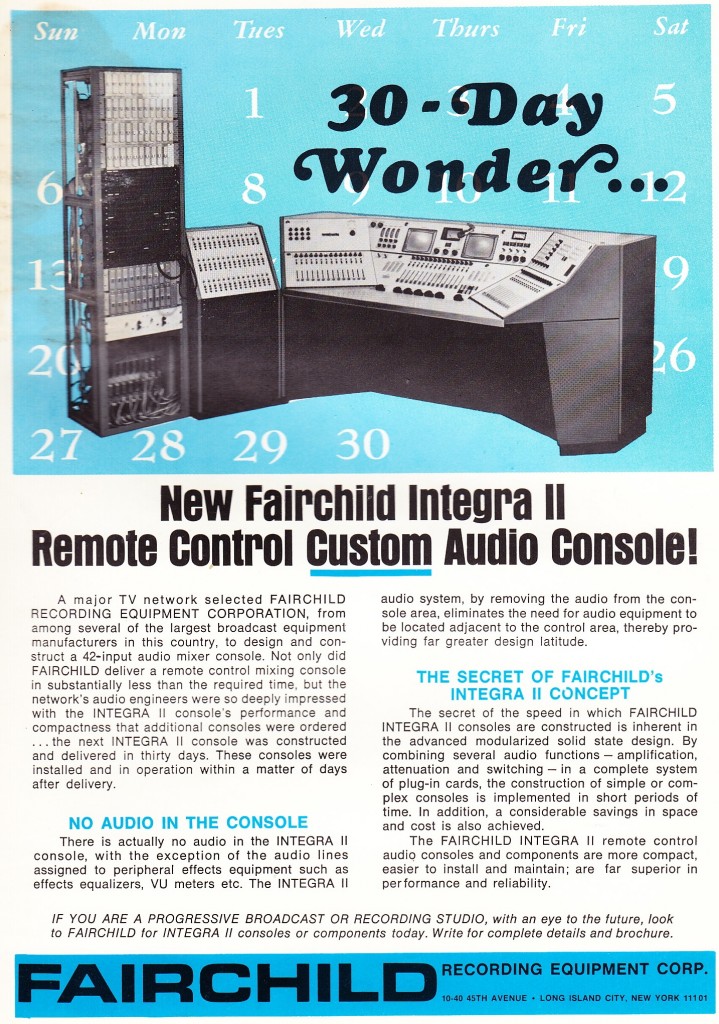 …and not quite the 70s, but… Fairchild introduces their INTEGRA console, 1968, with the bold notice “No Audio In The Console.” It’s pretty incredible how ahead of its time Fairchild was. Anyone ever use an INTEGRA? Did it sound good/work well? Bits and bobs from these monsters seem to surface on eBay all the time, but I doubt there is still a complete unit out there. Anyone?
…and not quite the 70s, but… Fairchild introduces their INTEGRA console, 1968, with the bold notice “No Audio In The Console.” It’s pretty incredible how ahead of its time Fairchild was. Anyone ever use an INTEGRA? Did it sound good/work well? Bits and bobs from these monsters seem to surface on eBay all the time, but I doubt there is still a complete unit out there. Anyone?
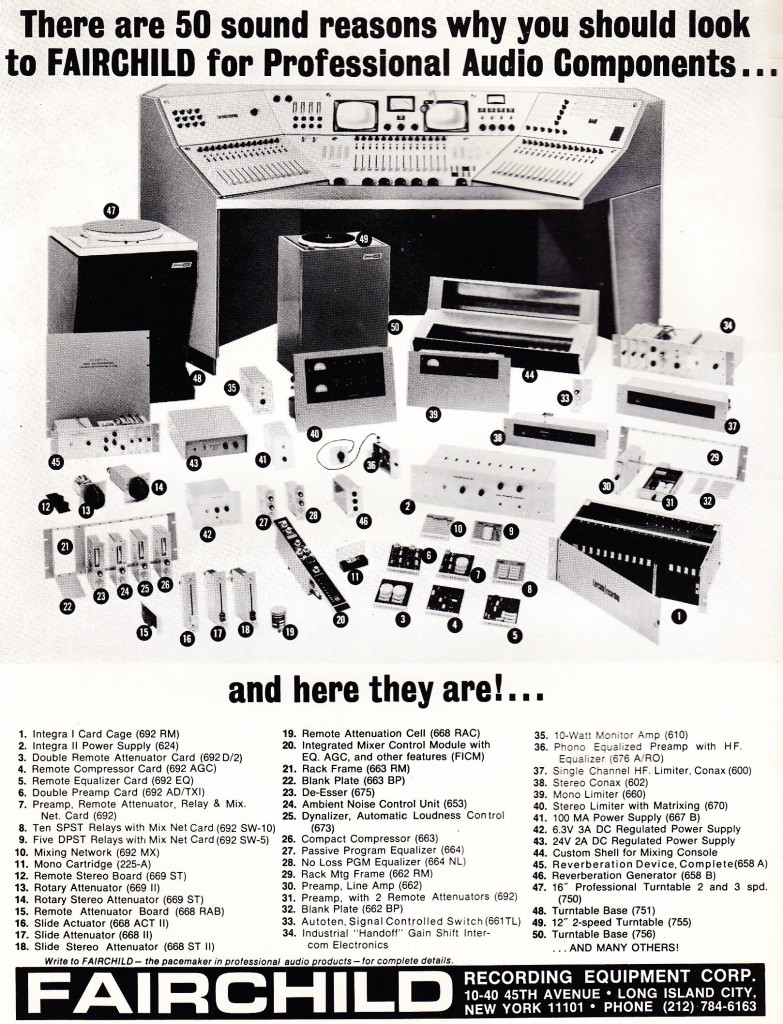 …and here’s a breakdown of all the aforementioned bits+bobs.
…and here’s a breakdown of all the aforementioned bits+bobs.
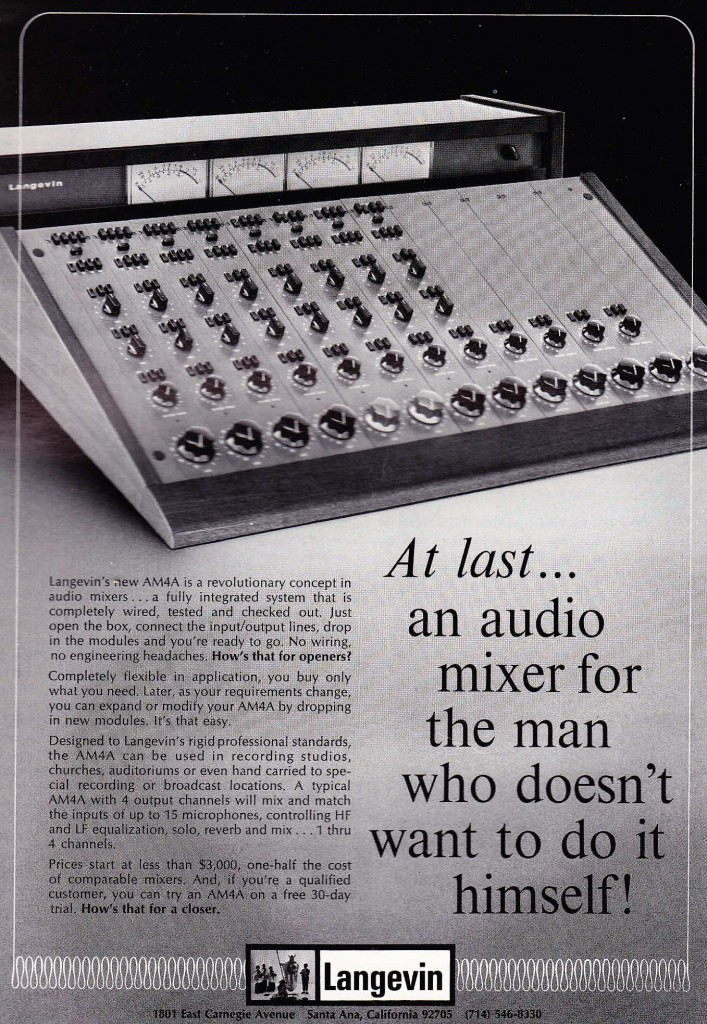 While all of the Fairchild Integras may have been carved up, the Langevin AM4A, certainly the opposite end of the technological spectrum, seems to have fared quite a bit better… I often see these on the market in the $10K range, and I have to admit I have often been tempted… Can any one tell us how these compare in terms of noise and response to a modern summing mixer? Anyone using these to mix thru?
While all of the Fairchild Integras may have been carved up, the Langevin AM4A, certainly the opposite end of the technological spectrum, seems to have fared quite a bit better… I often see these on the market in the $10K range, and I have to admit I have often been tempted… Can any one tell us how these compare in terms of noise and response to a modern summing mixer? Anyone using these to mix thru?
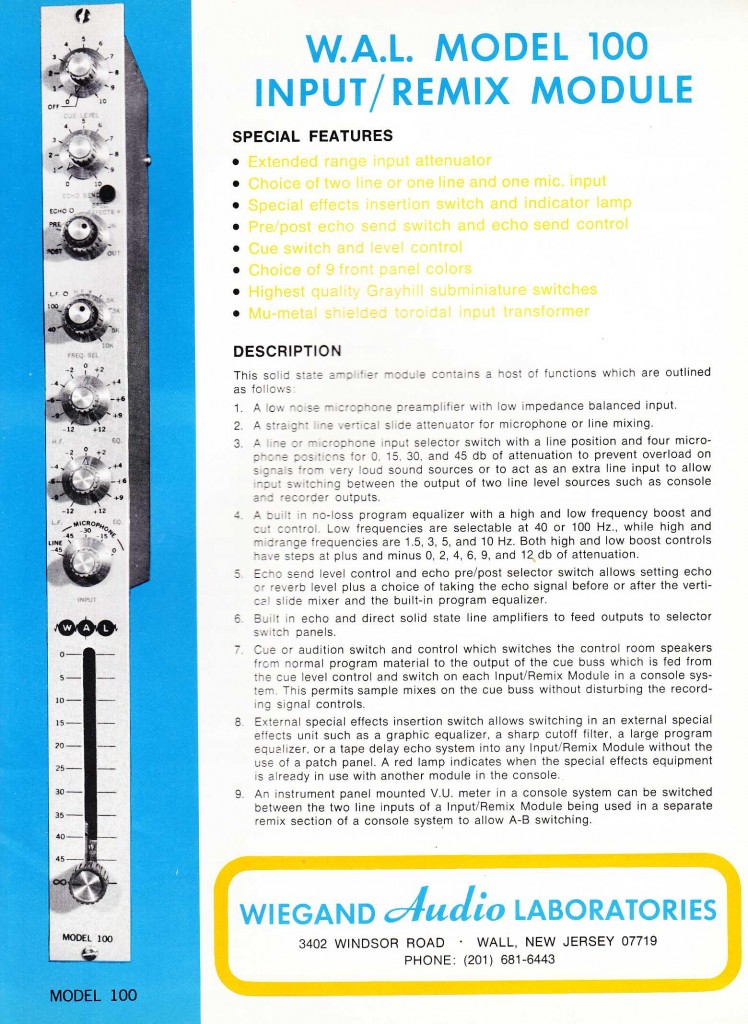 Wiegand Audio Labs offered their Model 100 channel strip in 1969
Wiegand Audio Labs offered their Model 100 channel strip in 1969
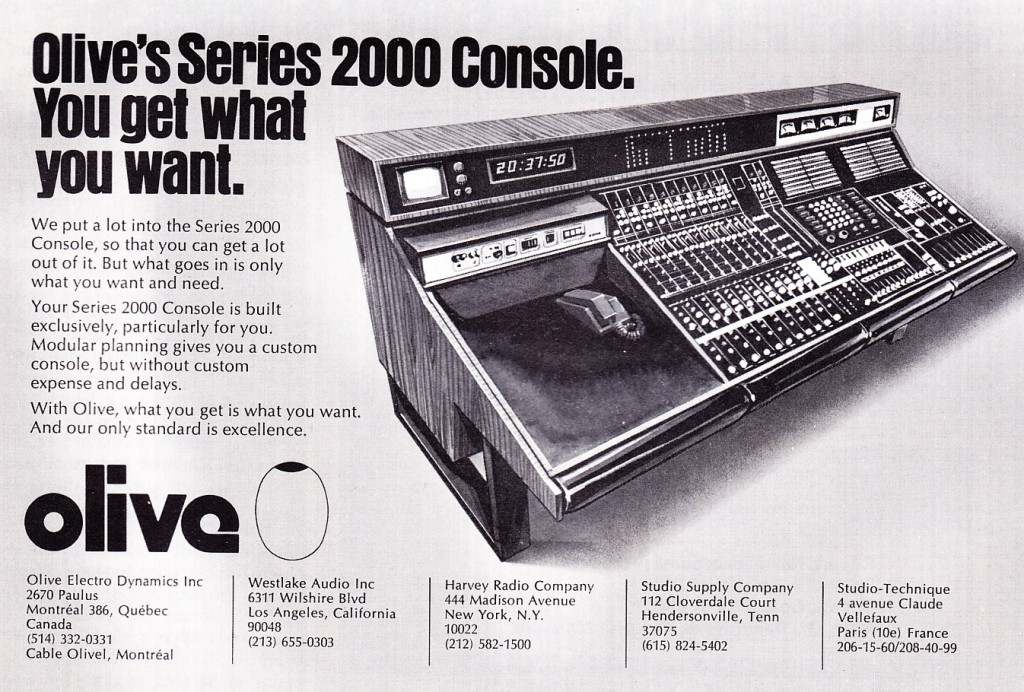 Montreal represent! I KNEW there had to be a Montreal maker of boards in the 70s… and sure enough, we find OLIVE. Here’s the Olive 2000 circa 1972. Seems lost-to-history… anyone?
Montreal represent! I KNEW there had to be a Montreal maker of boards in the 70s… and sure enough, we find OLIVE. Here’s the Olive 2000 circa 1972. Seems lost-to-history… anyone?
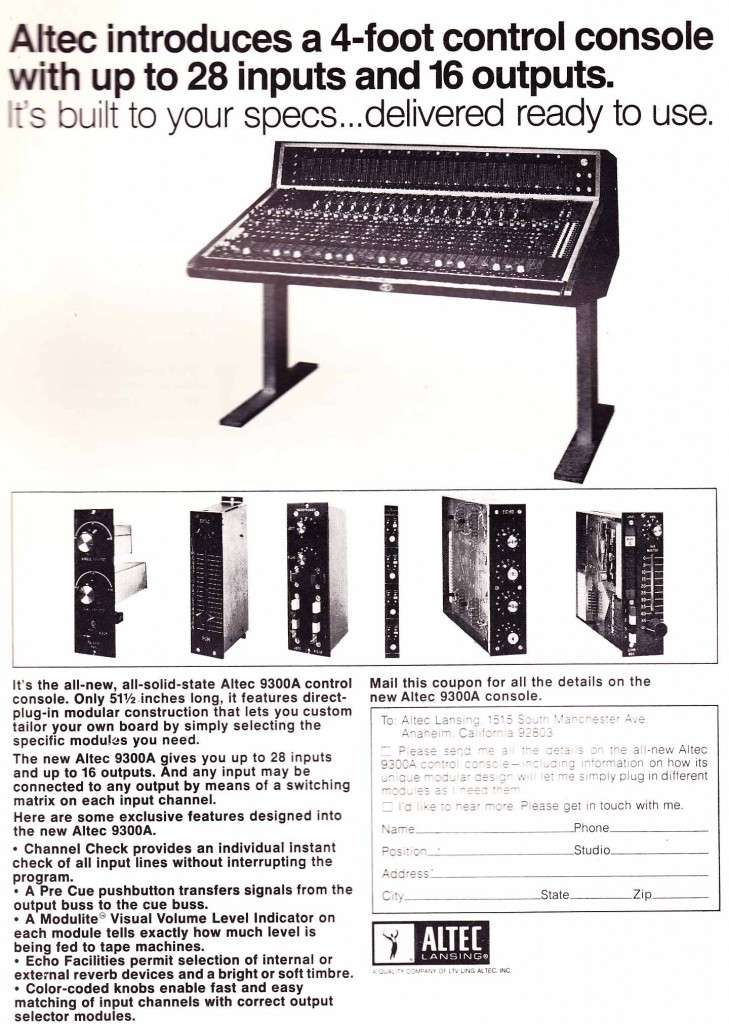
Much closer to Langevin than Fairchild, here we see the Altec 9300 circa 1970
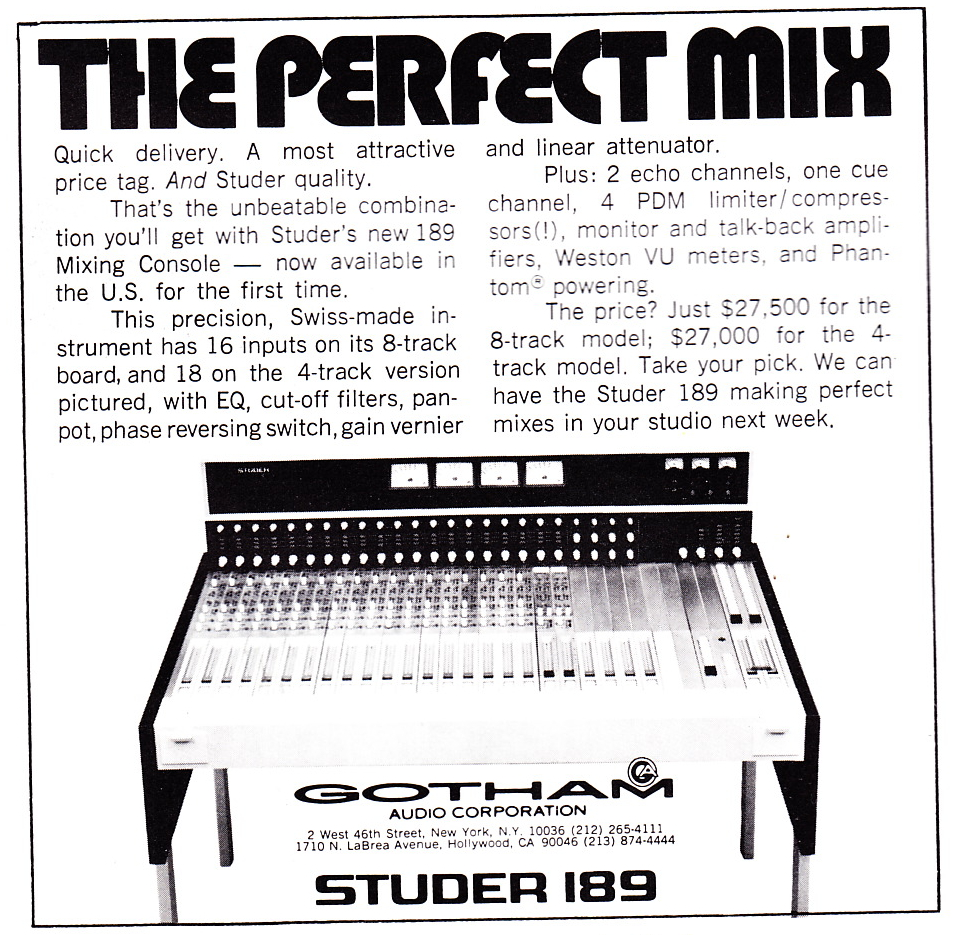 Above: Studer 189 circa 1972. Just $148,000 (no typo) 2013 dollars!
Above: Studer 189 circa 1972. Just $148,000 (no typo) 2013 dollars!
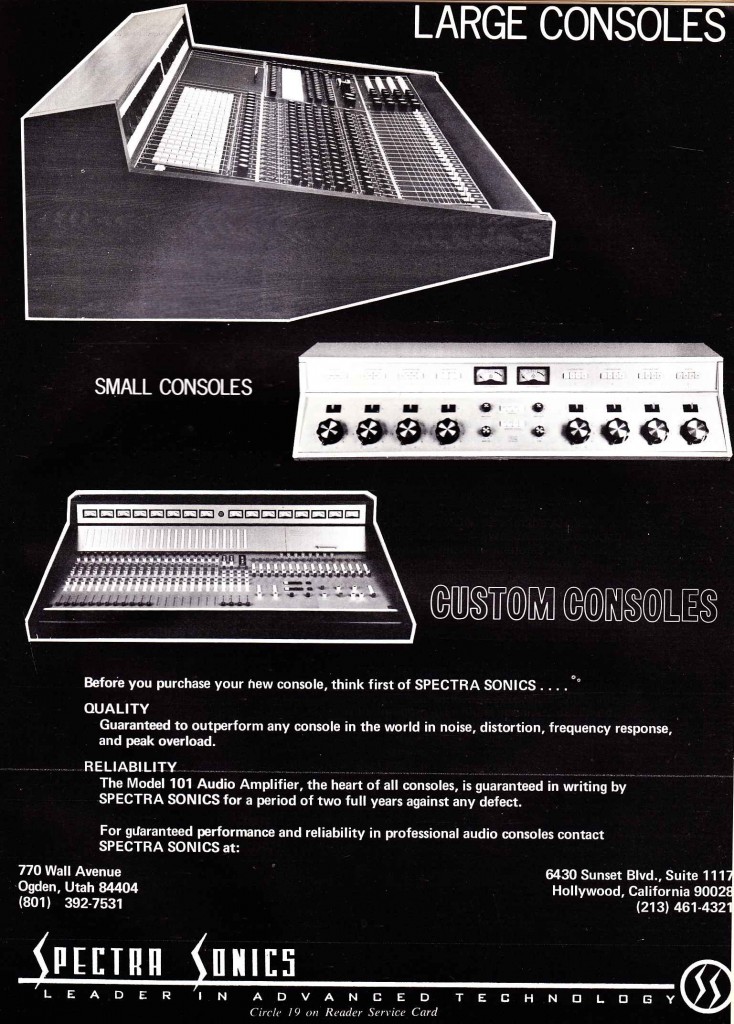 Spectra Sonics 1972
Spectra Sonics 1972
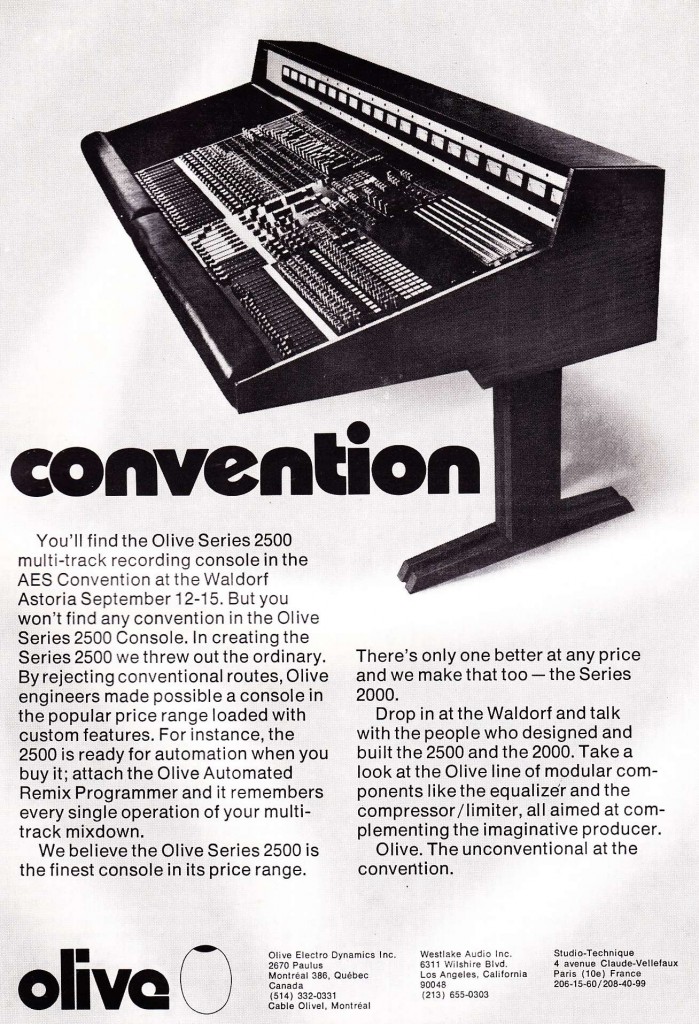 Olive also offered a 2500 model in 1972
Olive also offered a 2500 model in 1972
*************
*******
***
If any of y’all are actively using any of this stuff, write in and let the world know how they are in terms of sonics, reliability, and general utility. There is very, very little information online concerning some of these pieces, so you could end up being very helpful to some potential future user of these these machines…
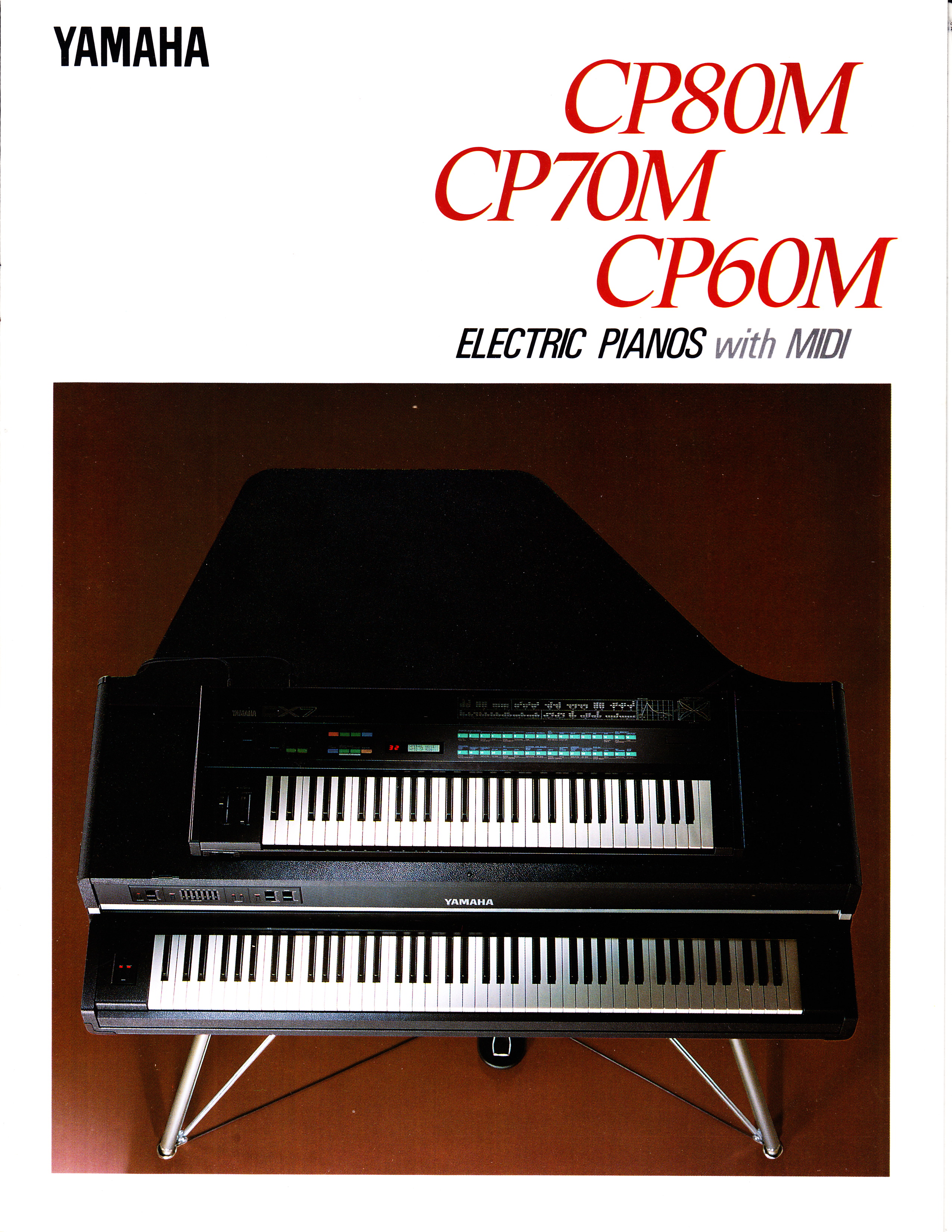 download the 6pp 1985 brochure for the Yamaha MIDI CP line:
download the 6pp 1985 brochure for the Yamaha MIDI CP line: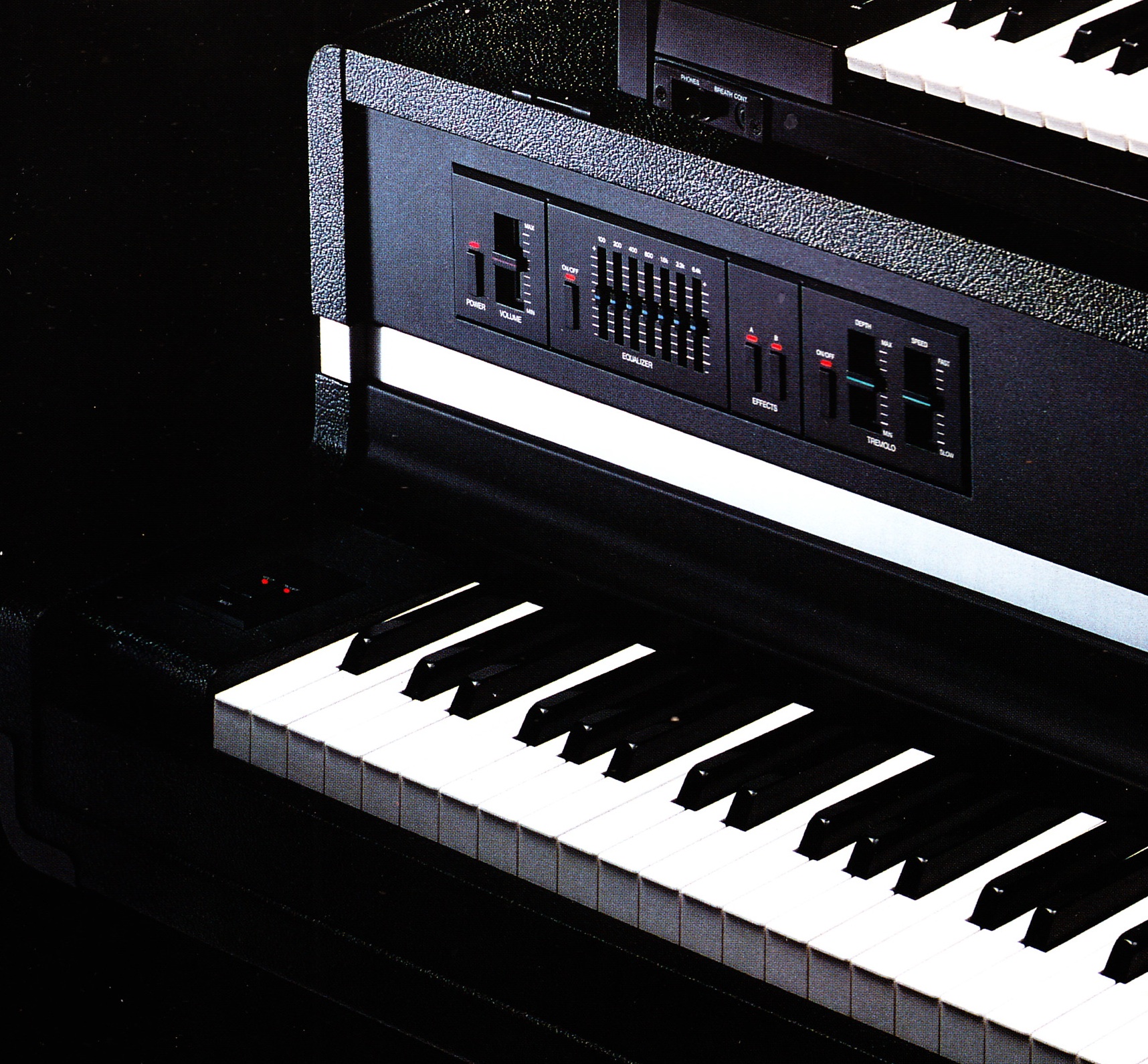
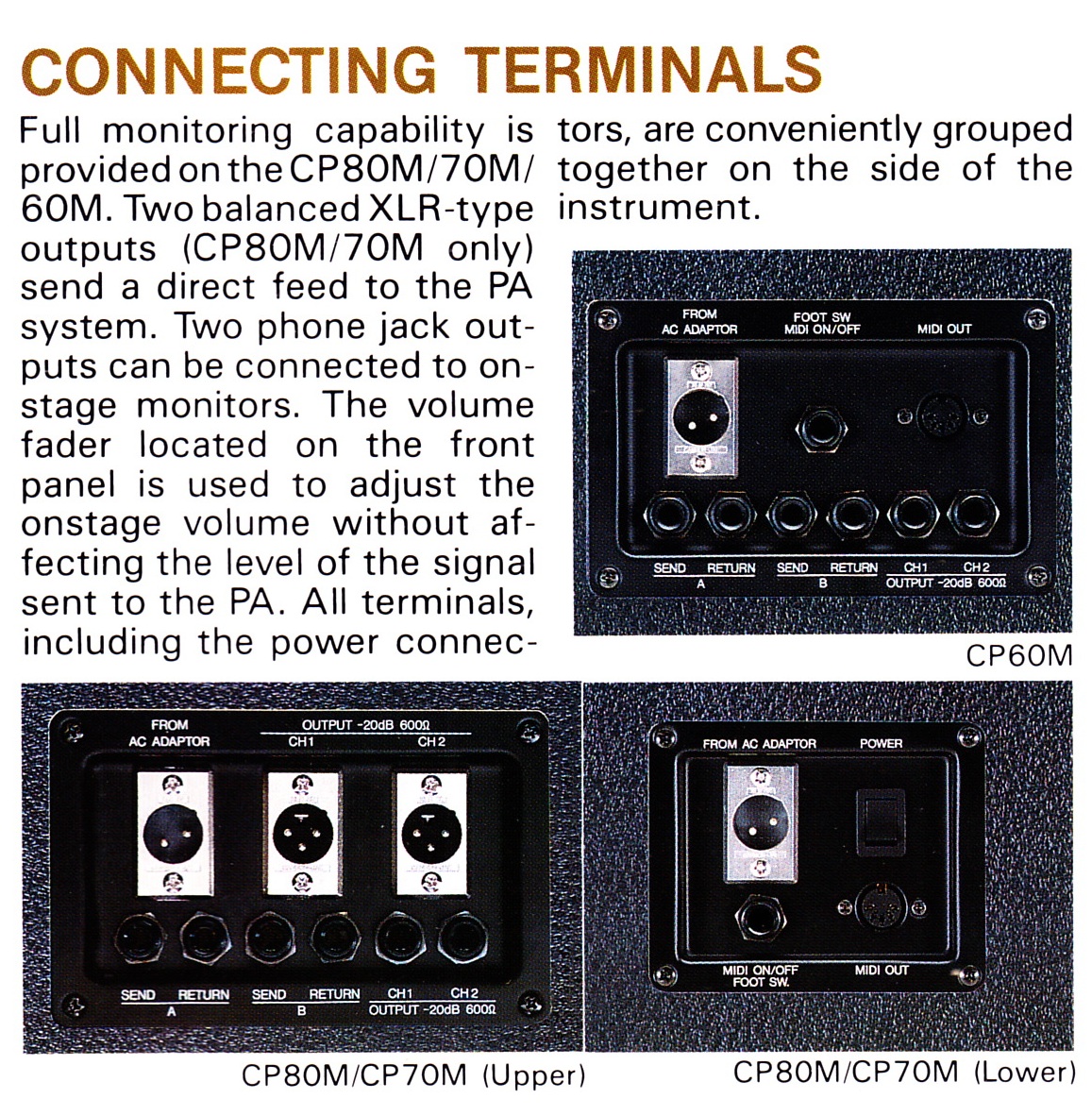
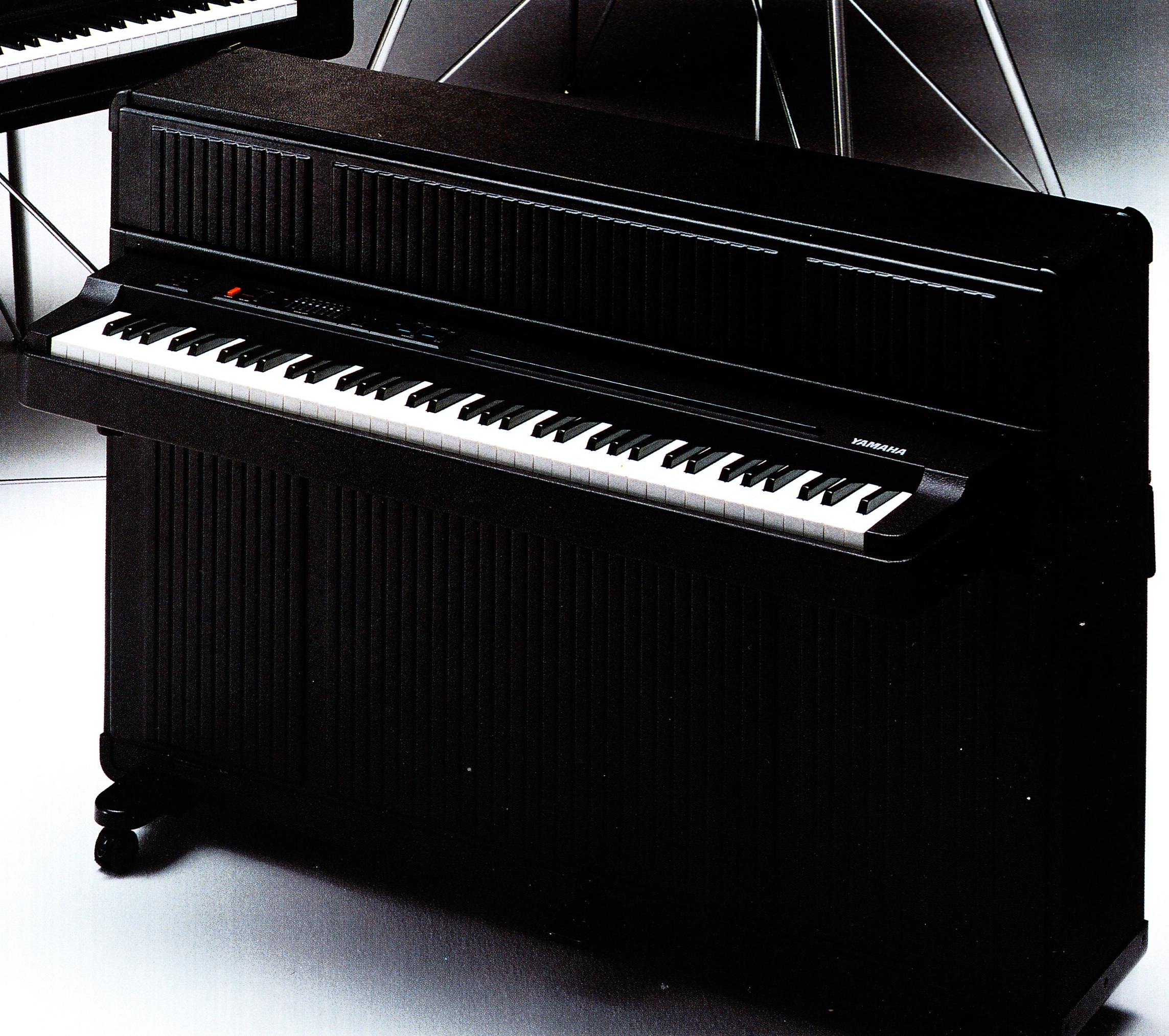 I’ve literally never seen one of these MIDI CPs, not even online. Anyone using one? Drop us a line…
I’ve literally never seen one of these MIDI CPs, not even online. Anyone using one? Drop us a line…